There are whimsical surprises around every corner in Provence. Medieval towns had drinking fountains and they are still gathering spots today.
This gate creates a feeling that something different awaits you behind this gate. Entrances to gardens are often overlooked, but they can really set a feel for the space beyond.
Fountains similar to this seemed to be in every small village in Provence. These were places to get water for the house in the past. On this day it was definitely a hit with these kids.
No room for a vine? how about a faux vine? The French love of art is apparent everywhere in Provence.
Was there a fountain franchise? Mass production? Church approval? Don’t know.
Those are colored soaps, it was a soap shop. I’m betting there was something growing there in the past and they removed it to renovate the stone work. If you live in a place that is hundreds of years old, plants can become a problem.
Remember, this was your water supply. If the design worked well, why not use it again.

This is in the area that is famous for its Mistral winds, having experienced them I can attest to their ferocity.
The Mistral wind is similar to the Santa Ana winds in Southern California. The scrolling in this iron work evokes the wind bending branches, the grapes just hanging on and the snail looking for cover. Or is the snail heading over to eat the grapes?
But you don’t want to drink from it, non-potable. I’m sticking to the tried but true.
Cigale images are everywhere, pottery, tableware, tablecloths, souvenirs, etc. In the summer, the sound of the Cicadas is there to remind you it’s hot outside. Anyway, I found this iron Cigale very appealing.
What can you say, those people in Aix had all the money, no drinking fountains here. The point being that fountains add allot of sight, sound and feel to a landscape. If you are going for grandiose, have the right setting for it, like this one does. So many times I see fountains that don’t match anything about the architecture of a home or the style of the garden.
Just go and see for yourself, no guide needed!











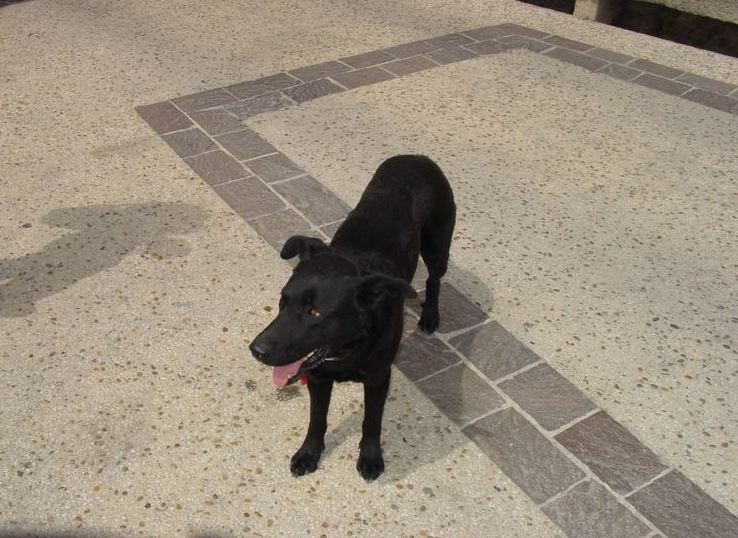









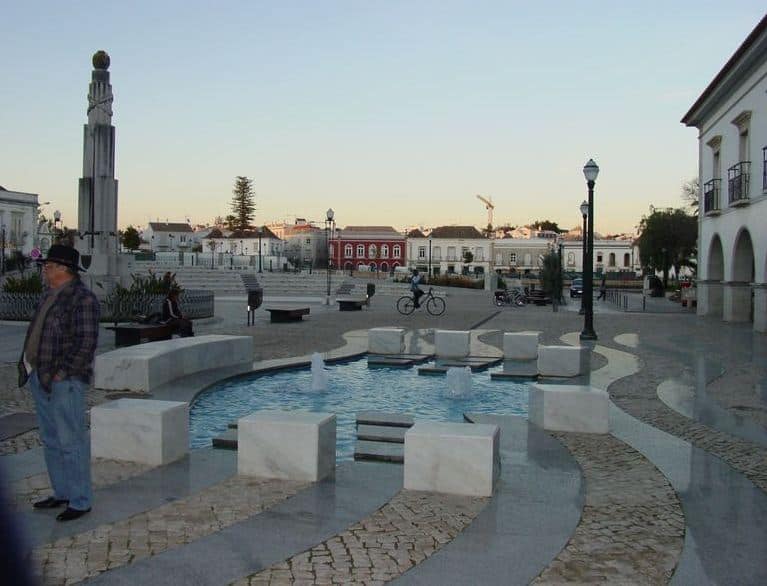

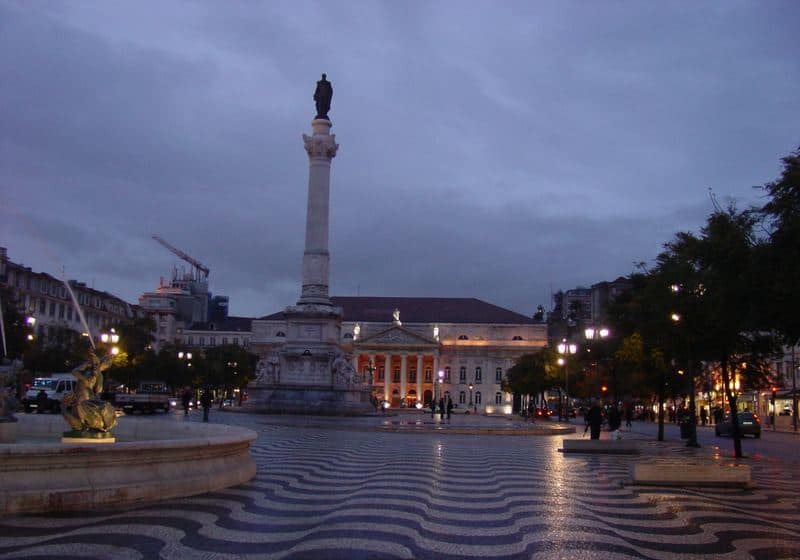

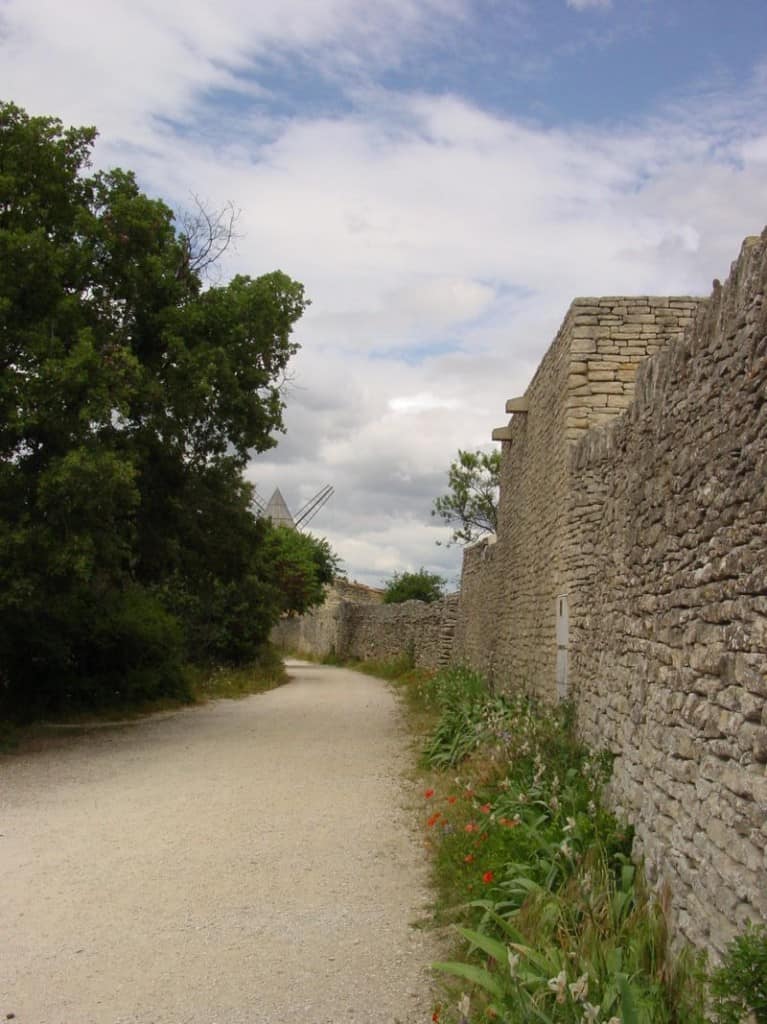














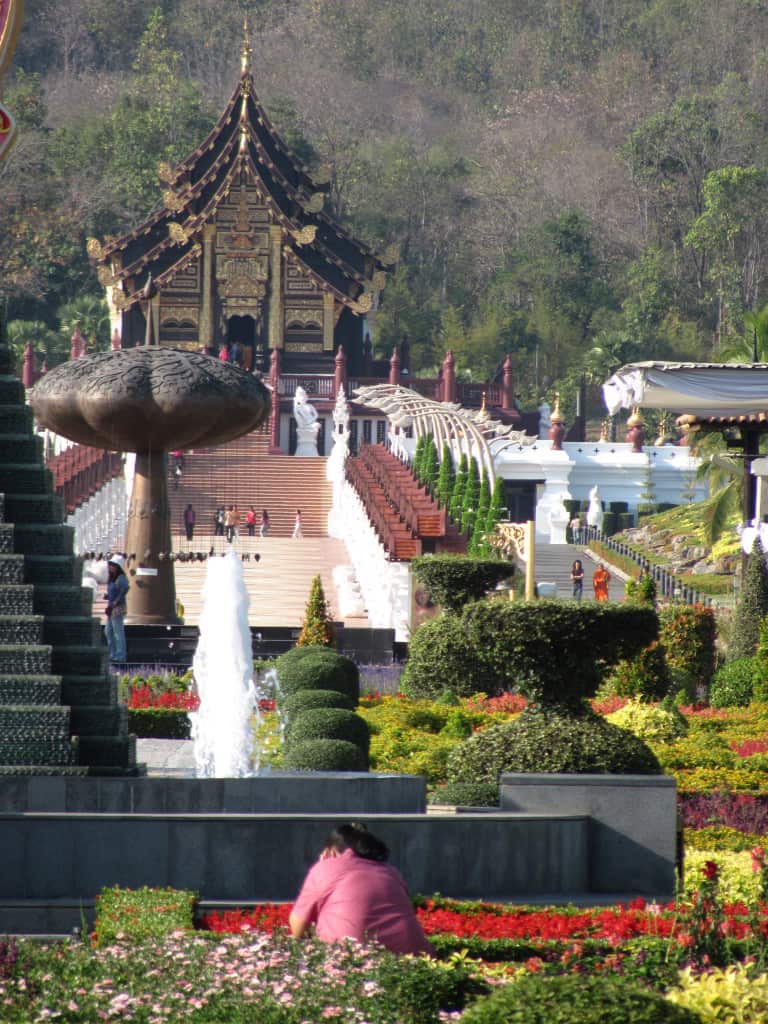
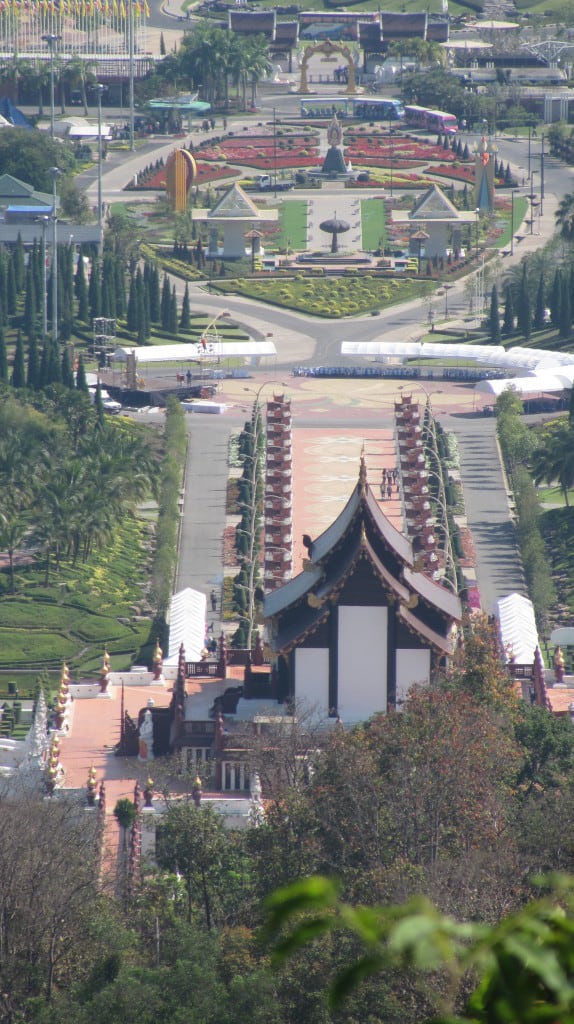
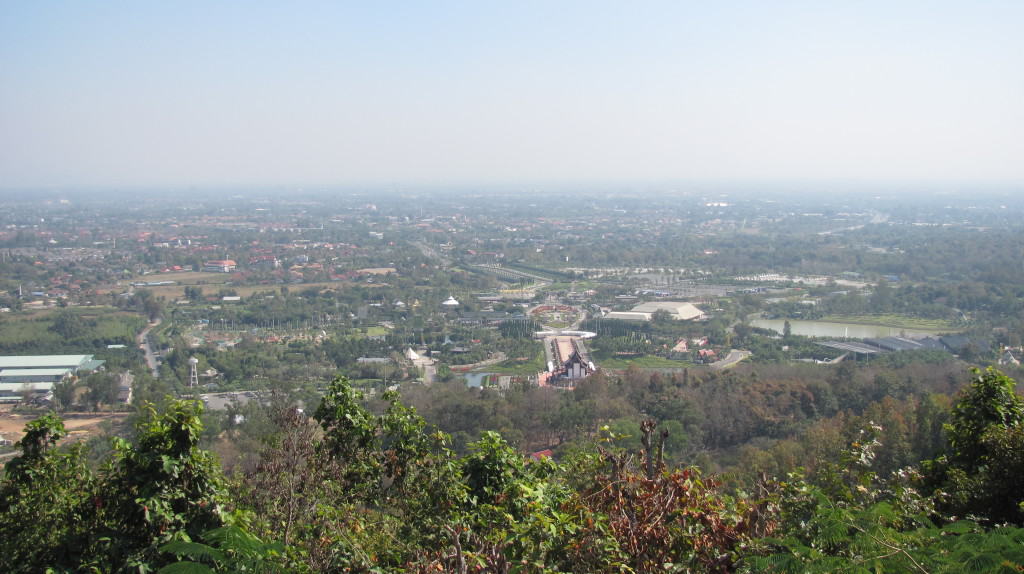
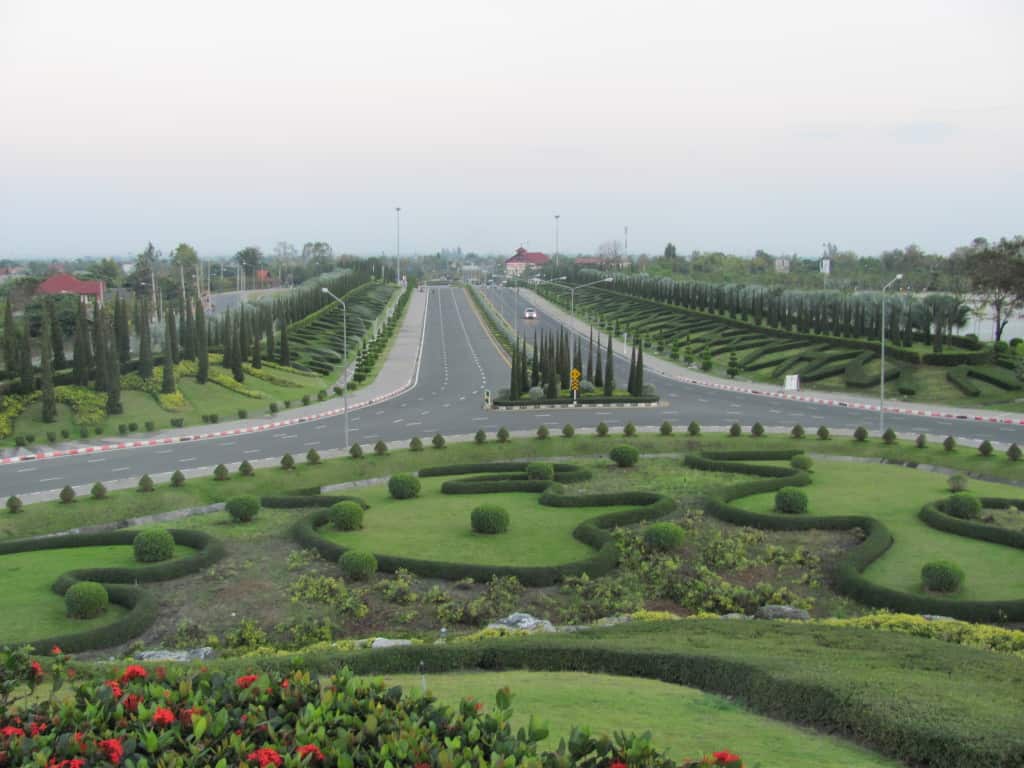
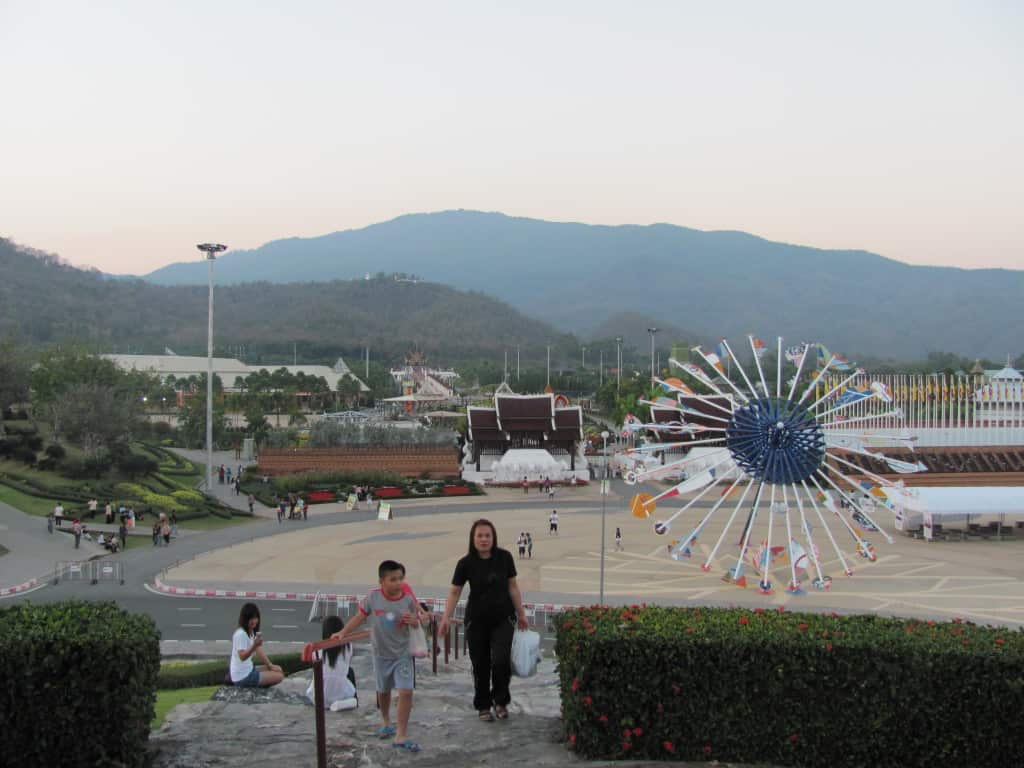
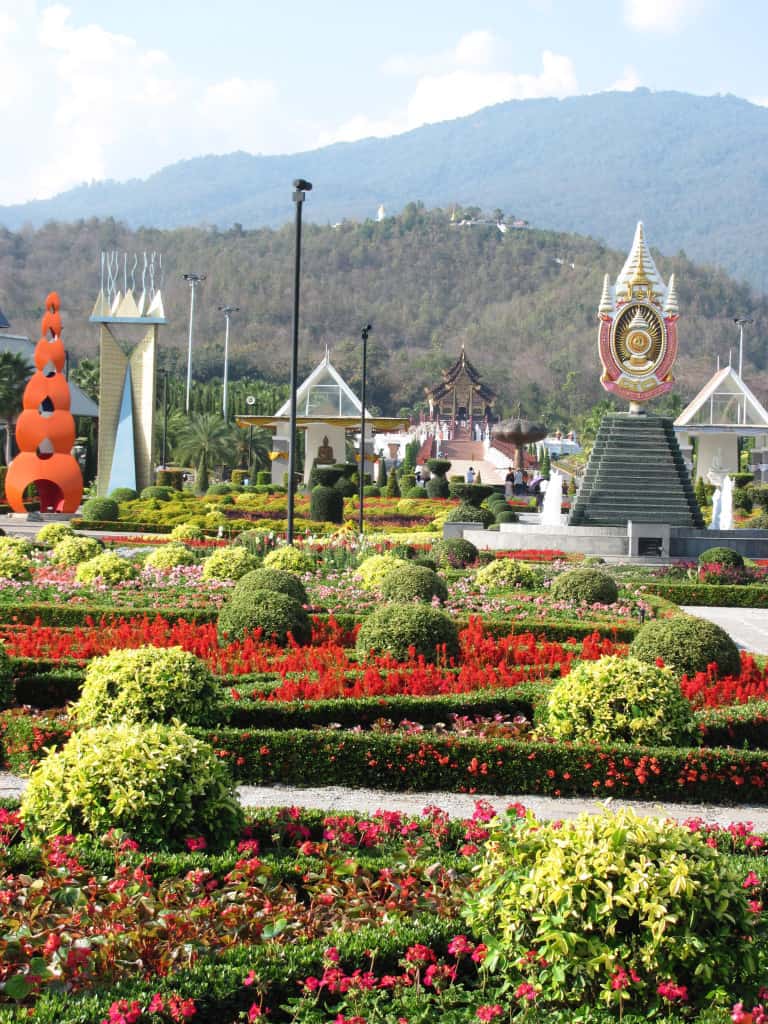
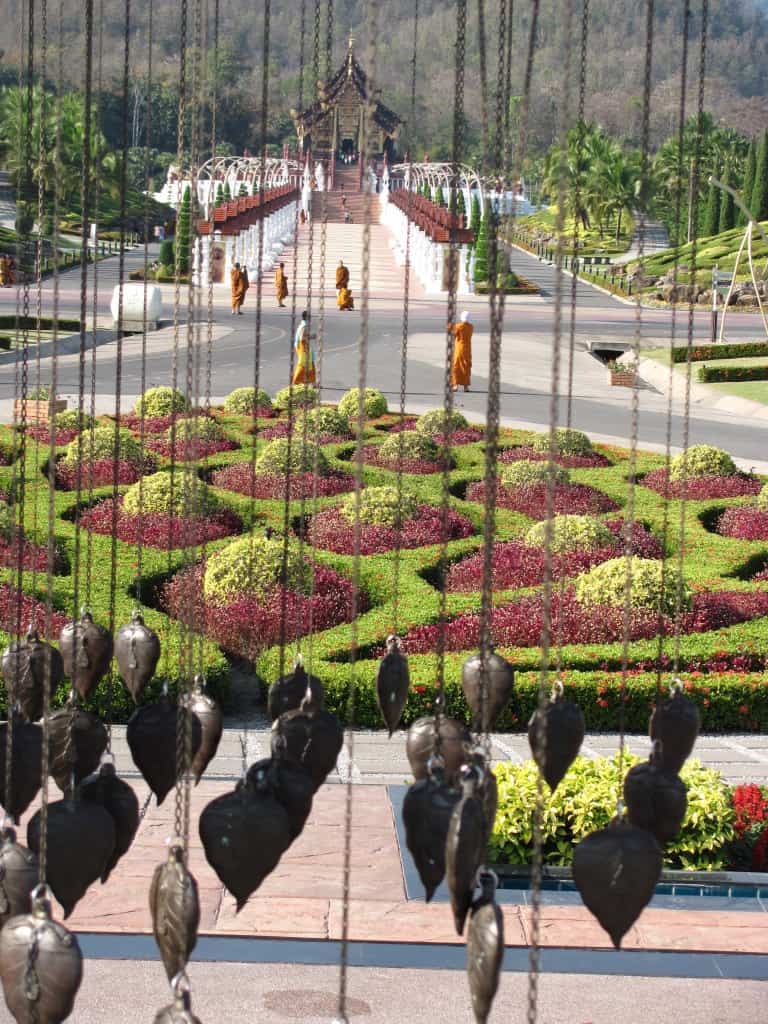
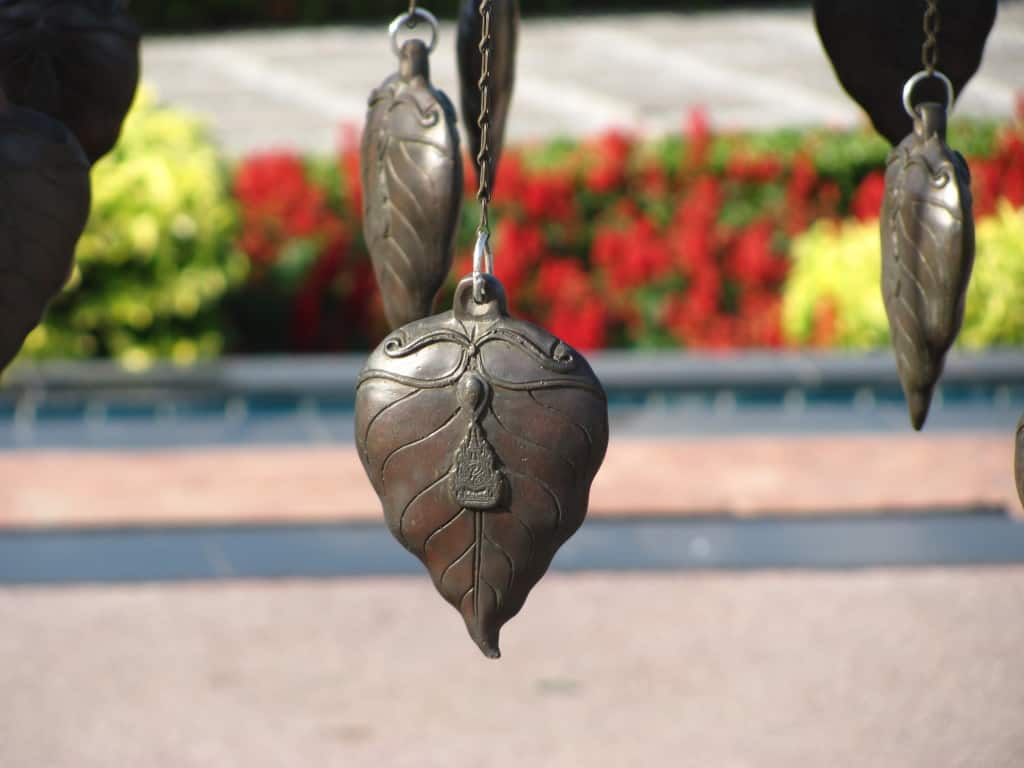
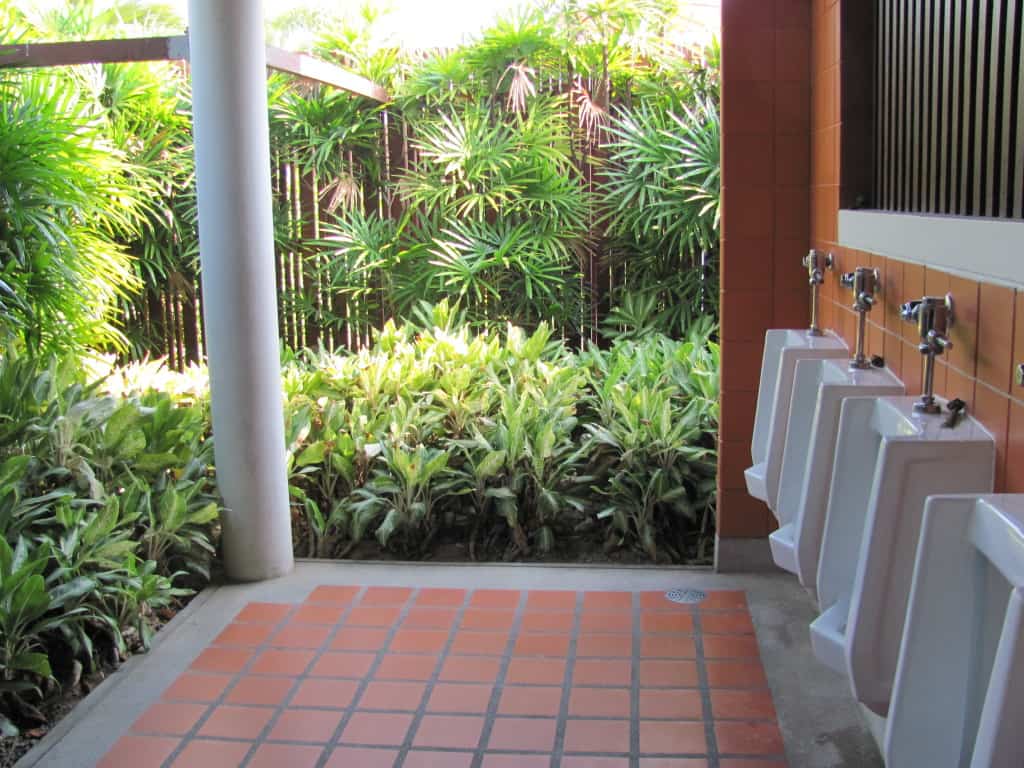
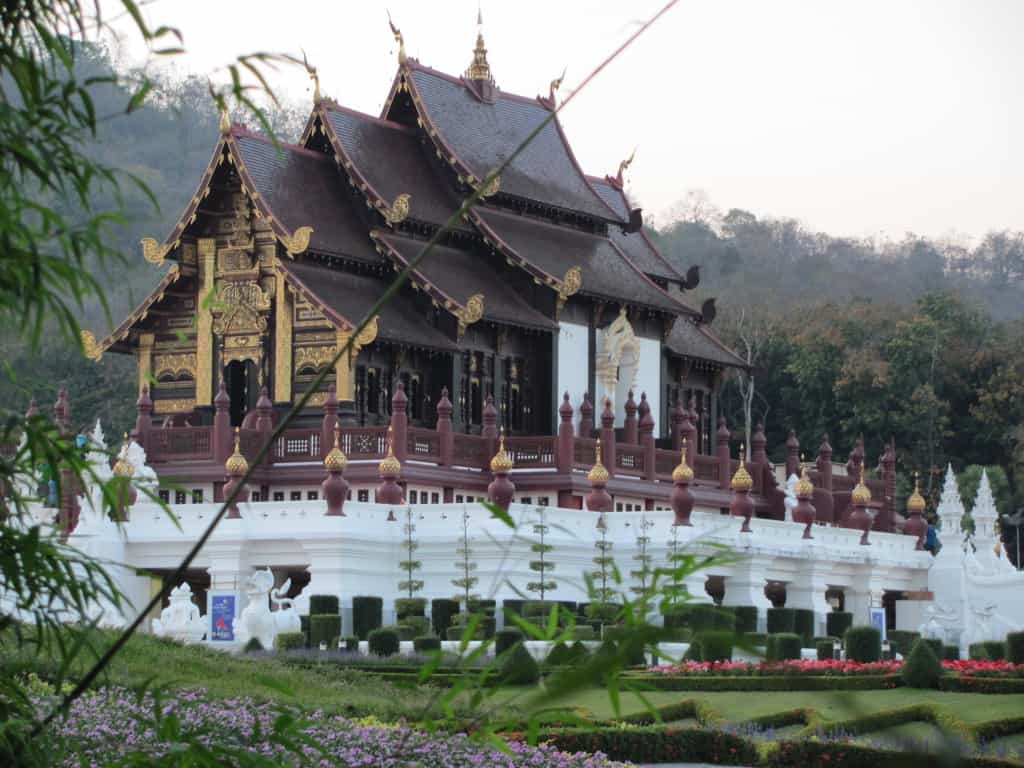
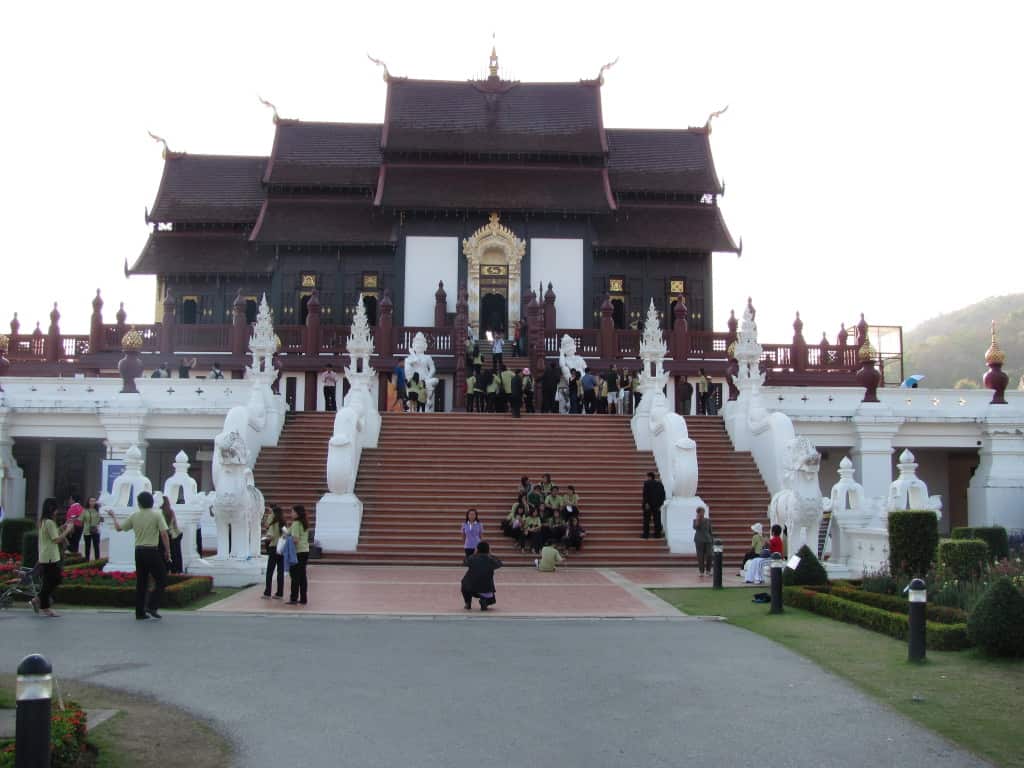
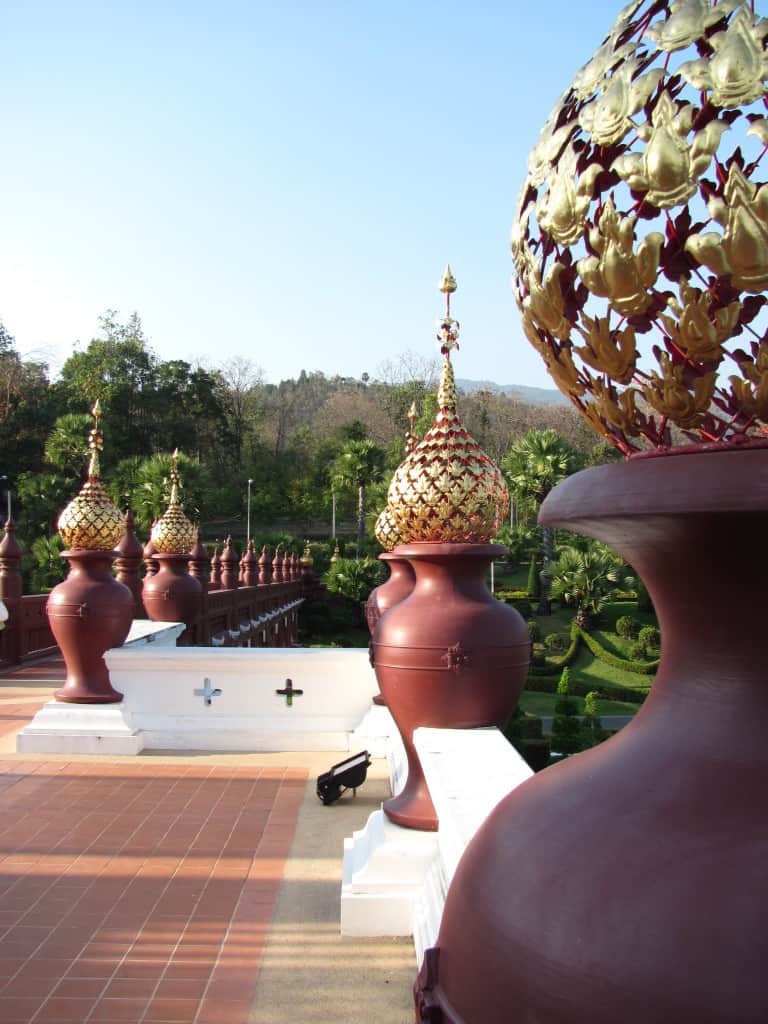
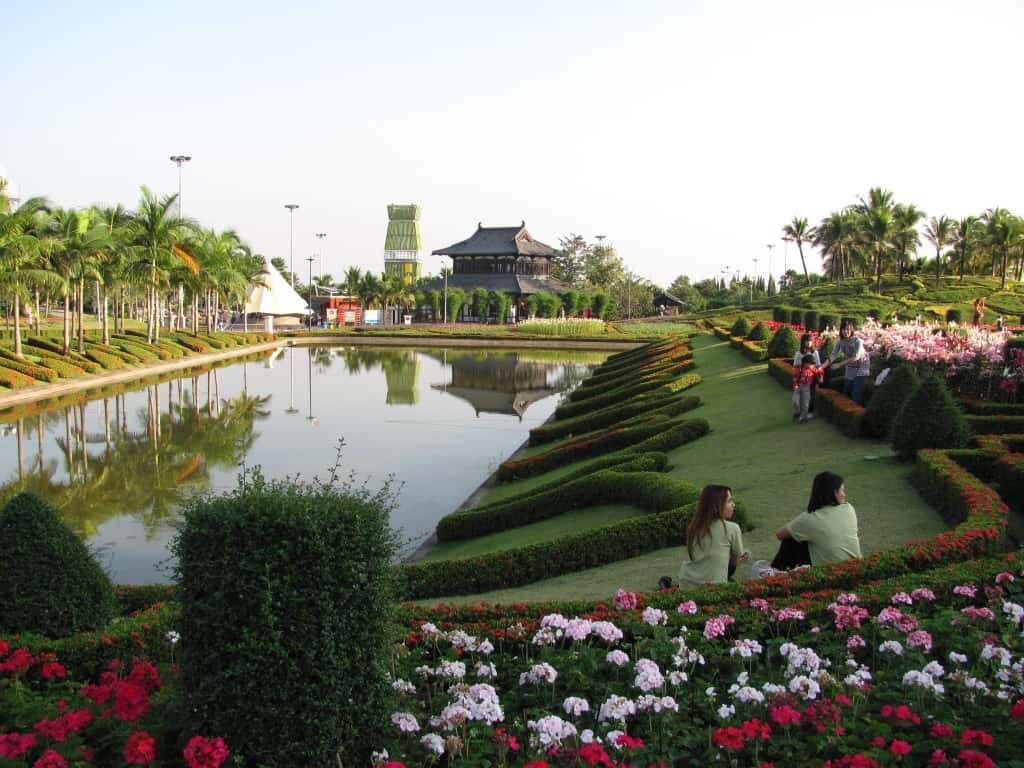
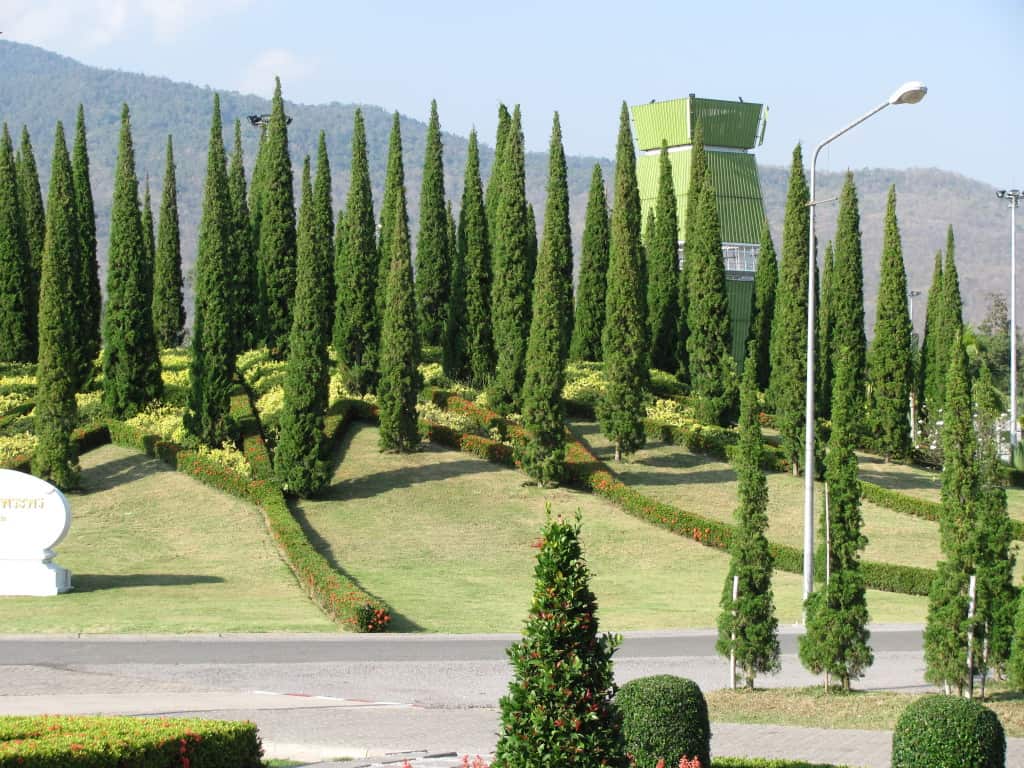
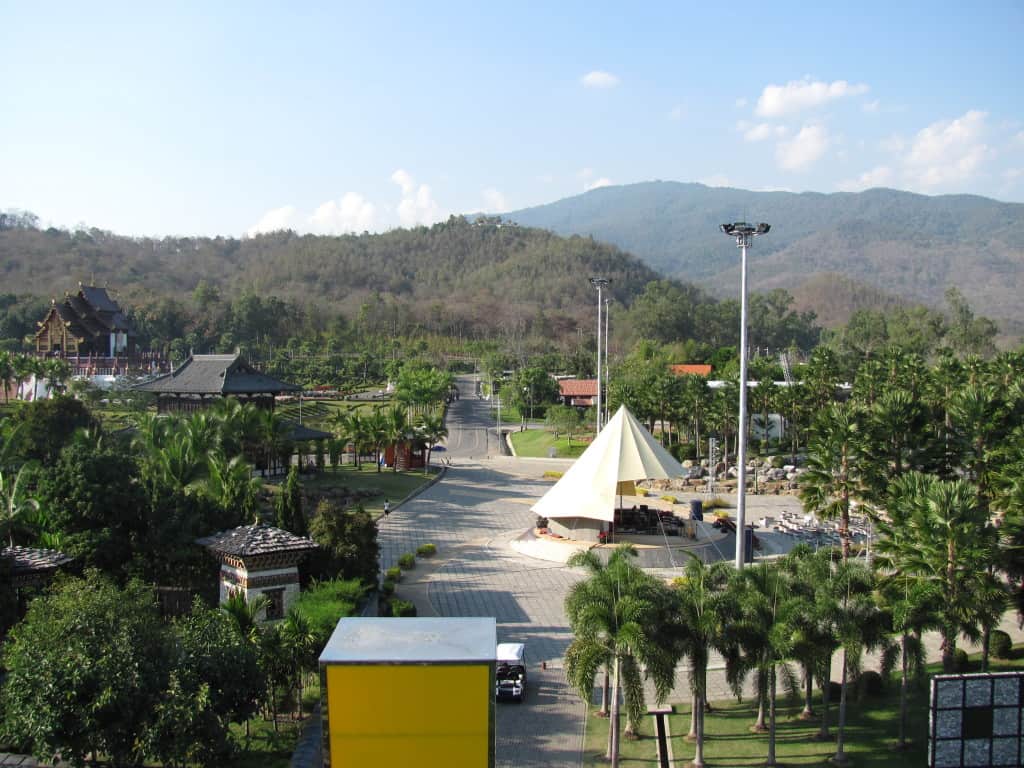
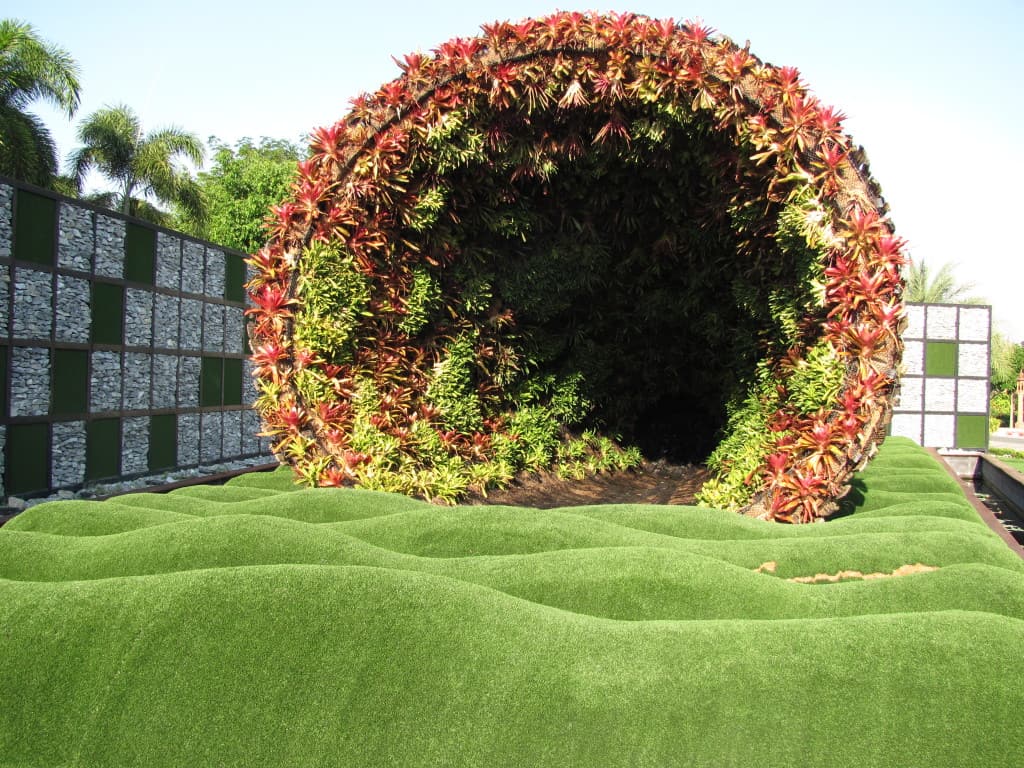
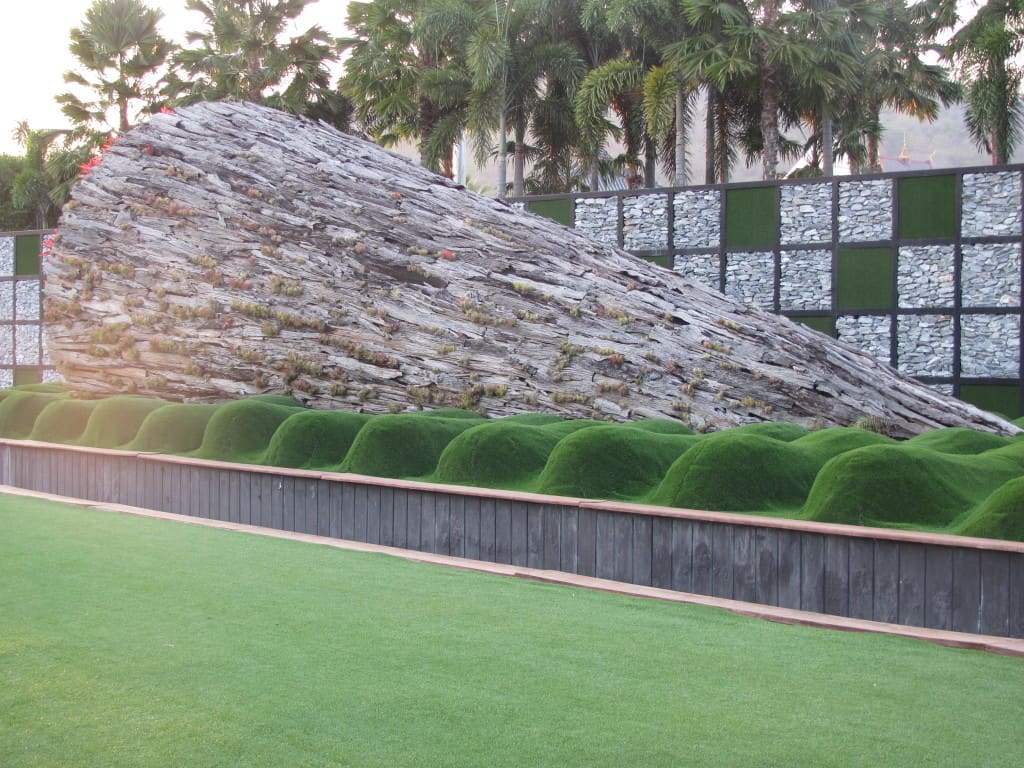
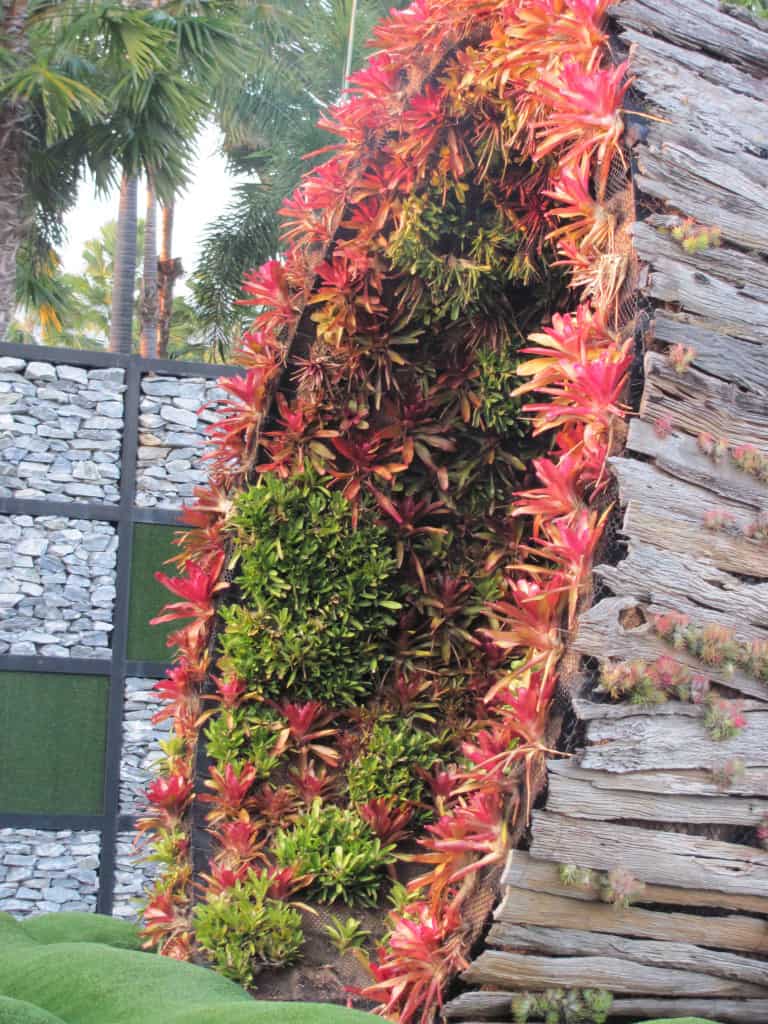
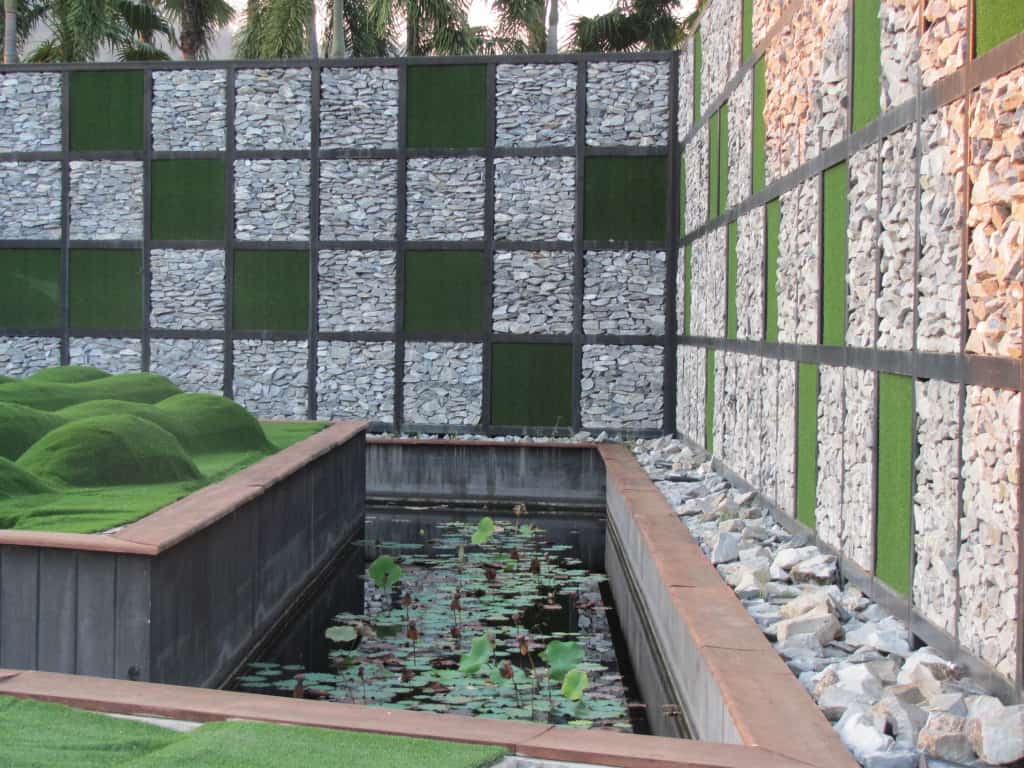
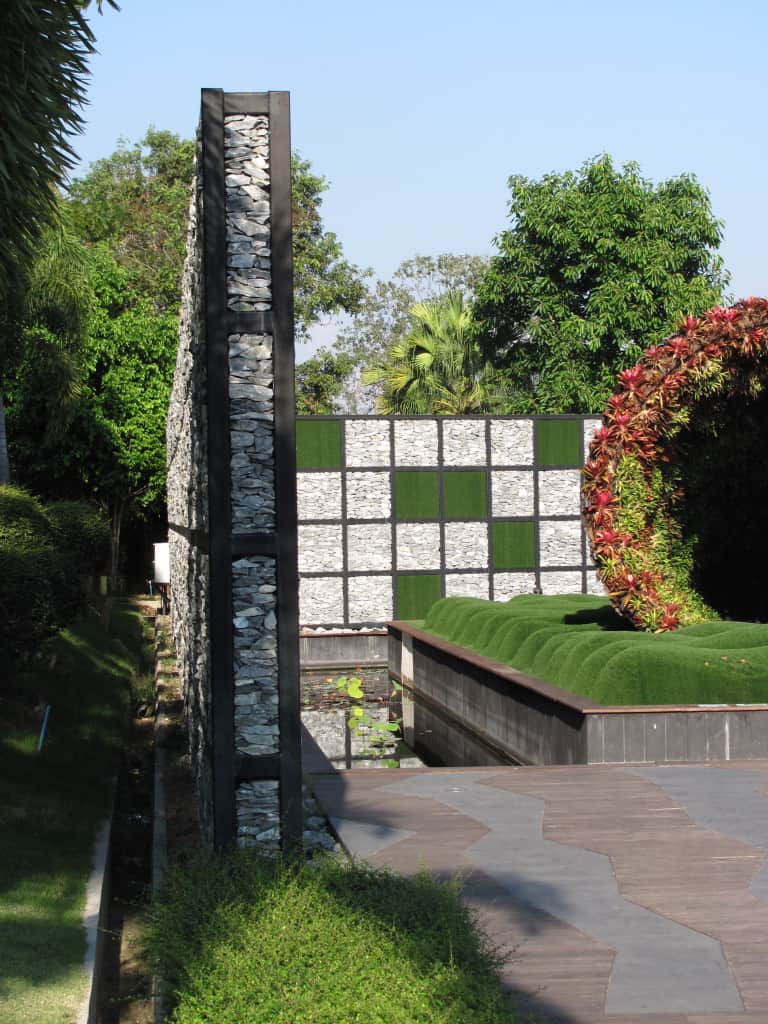
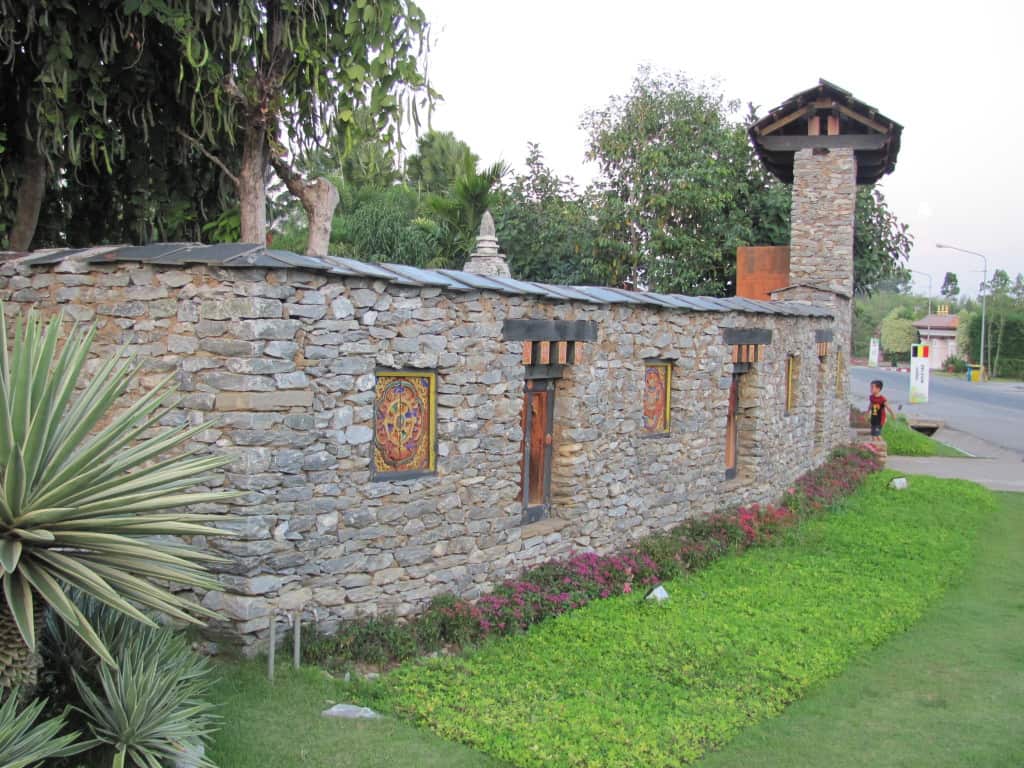
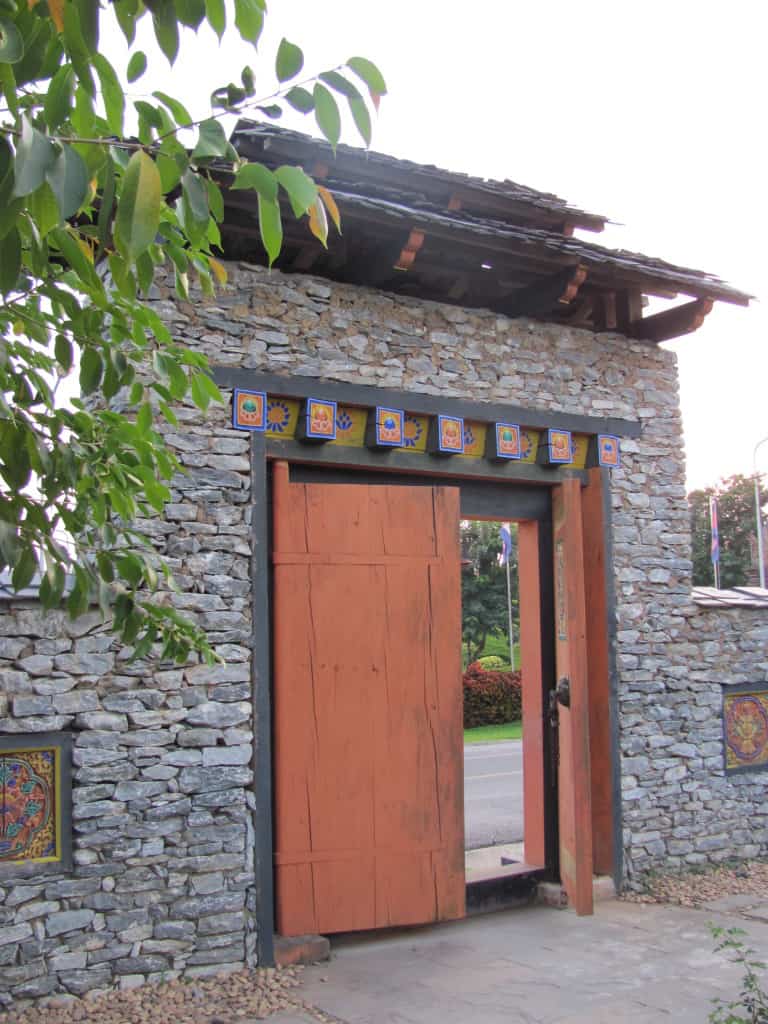
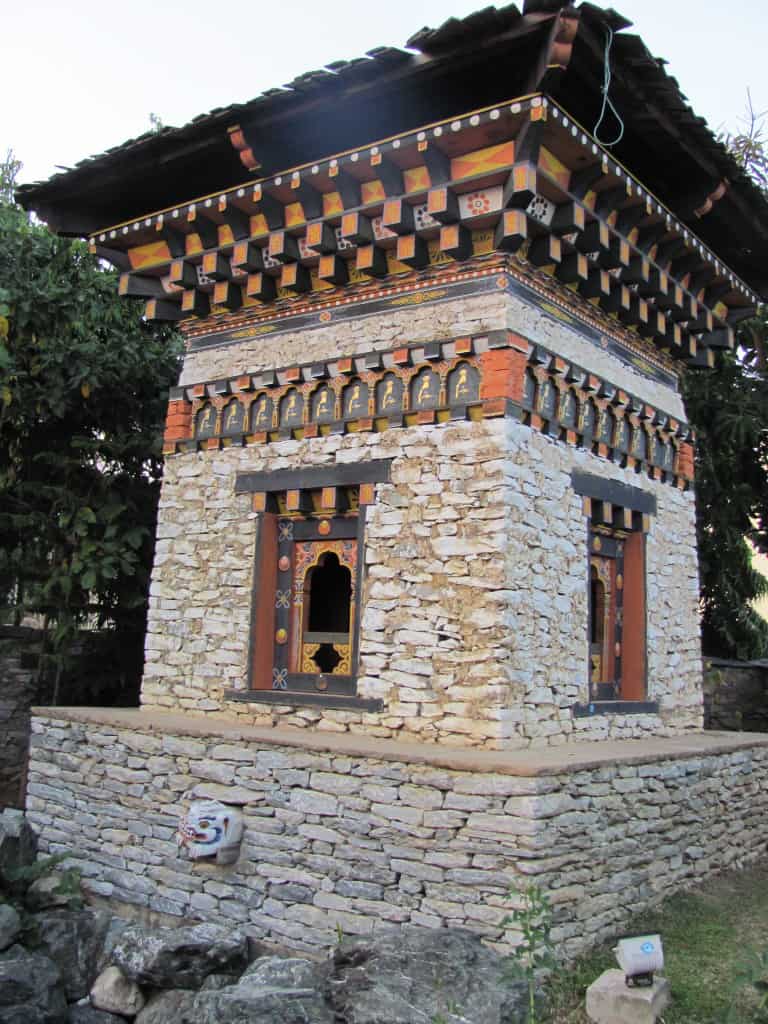
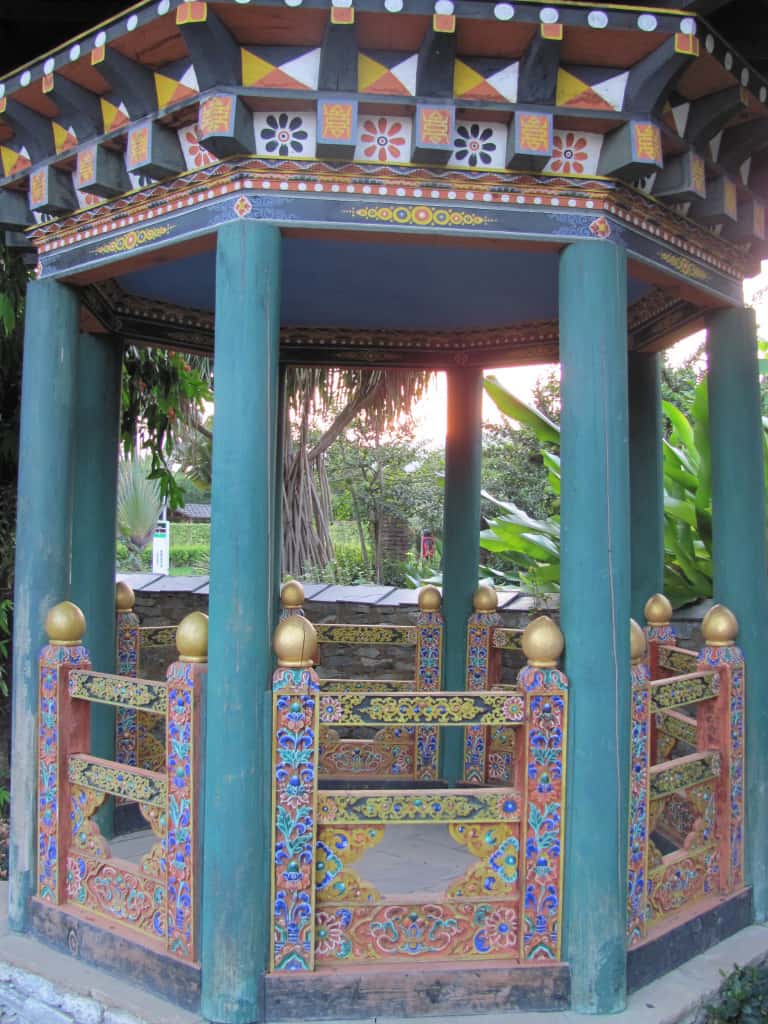
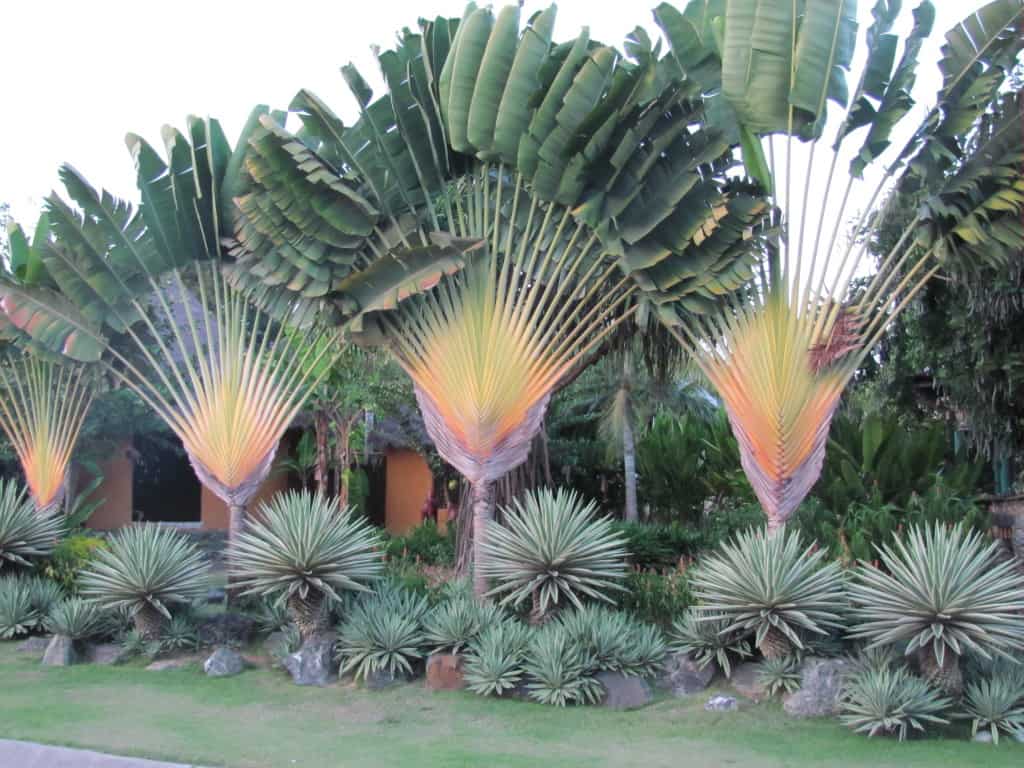
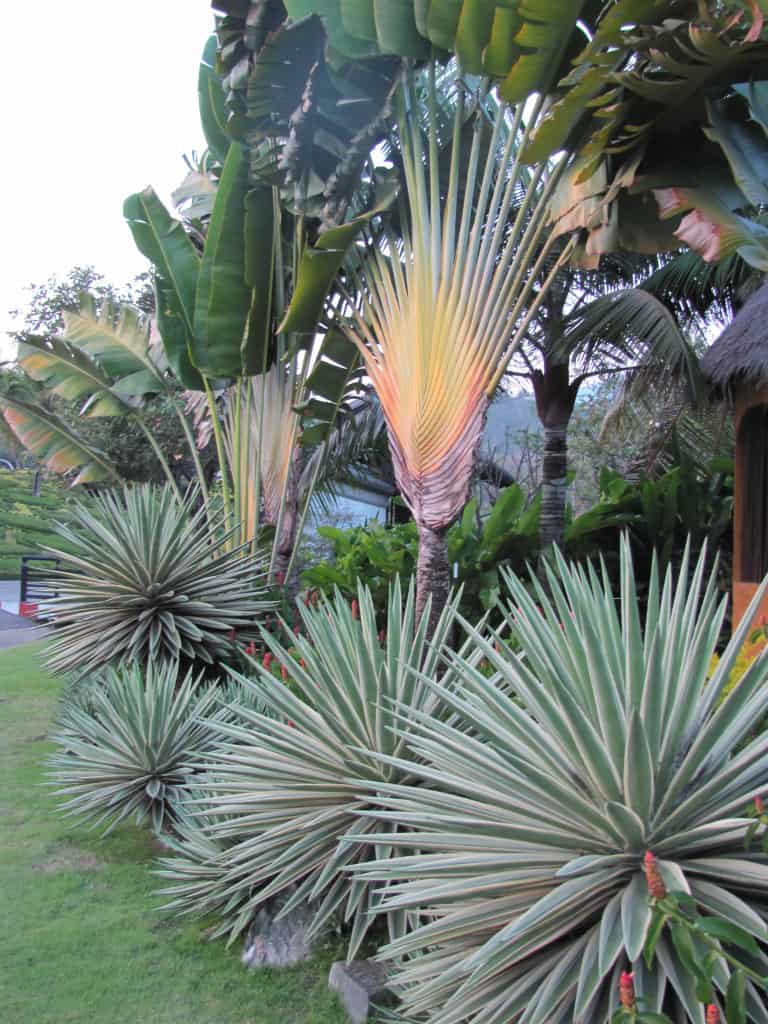
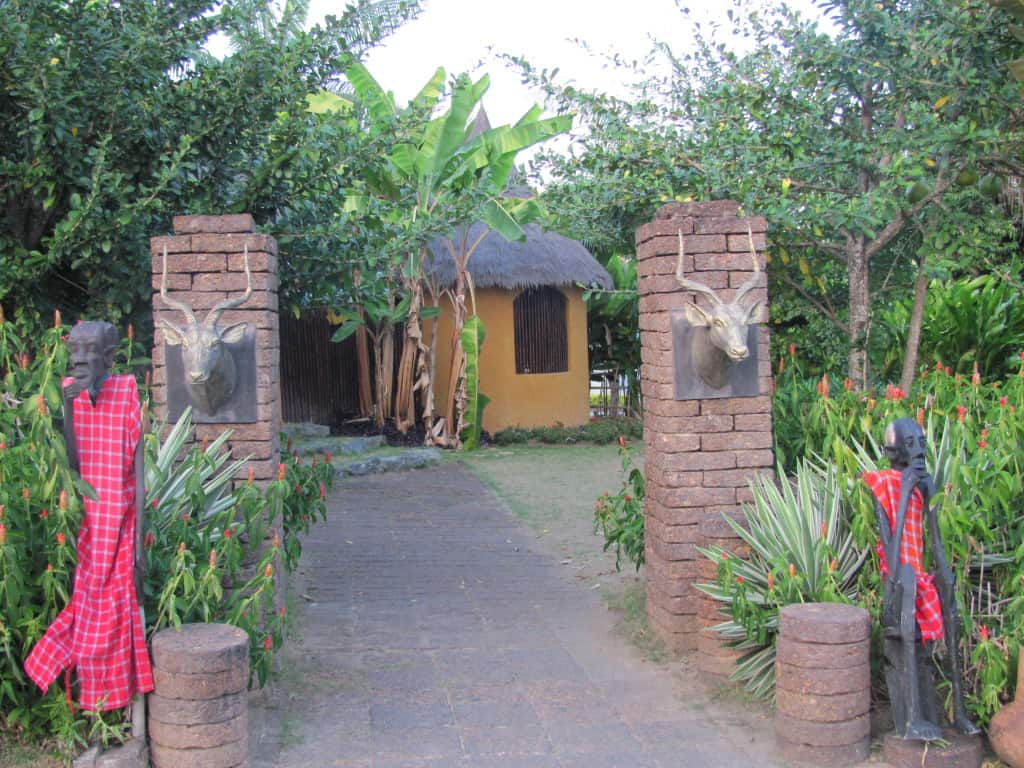
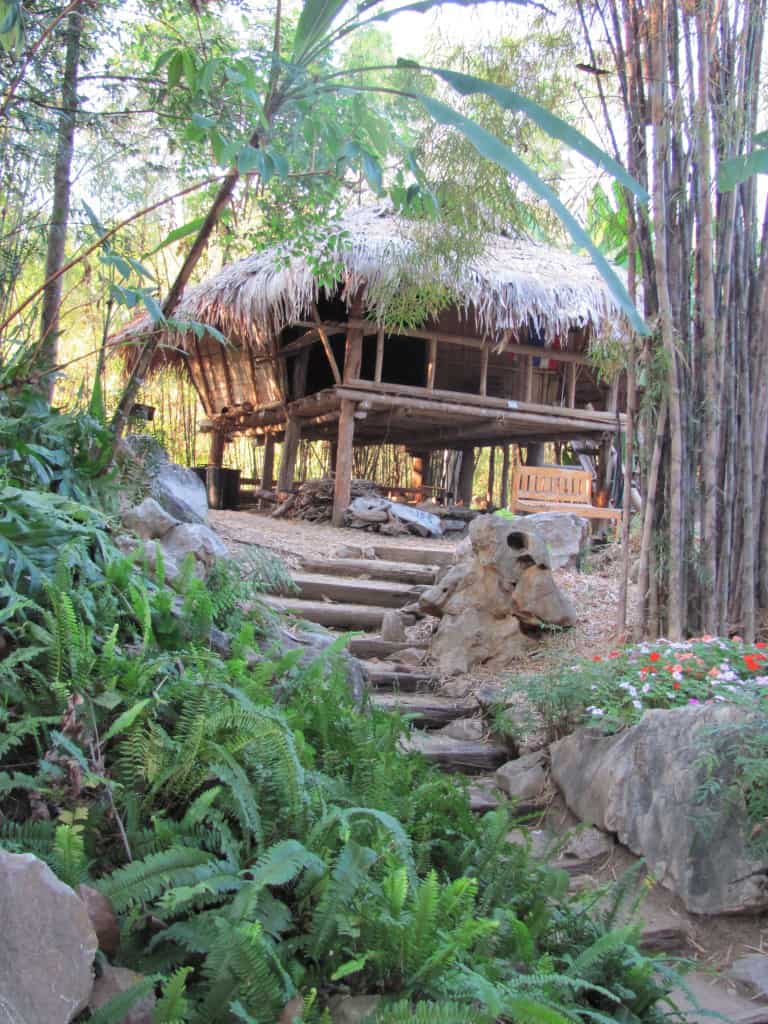
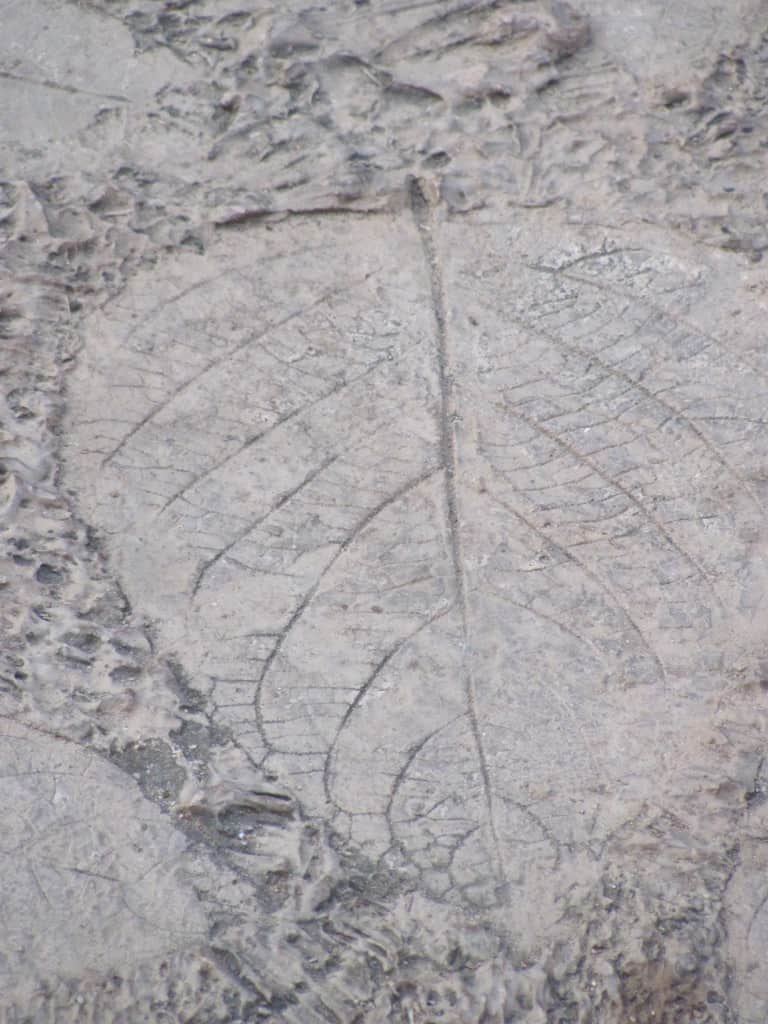
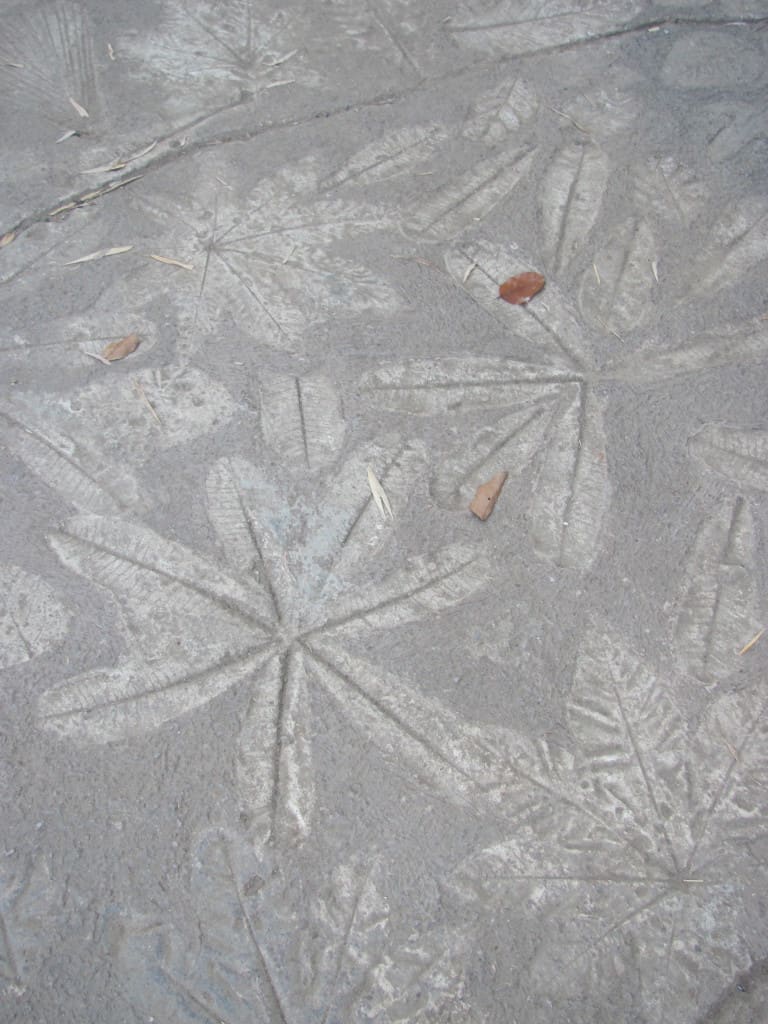
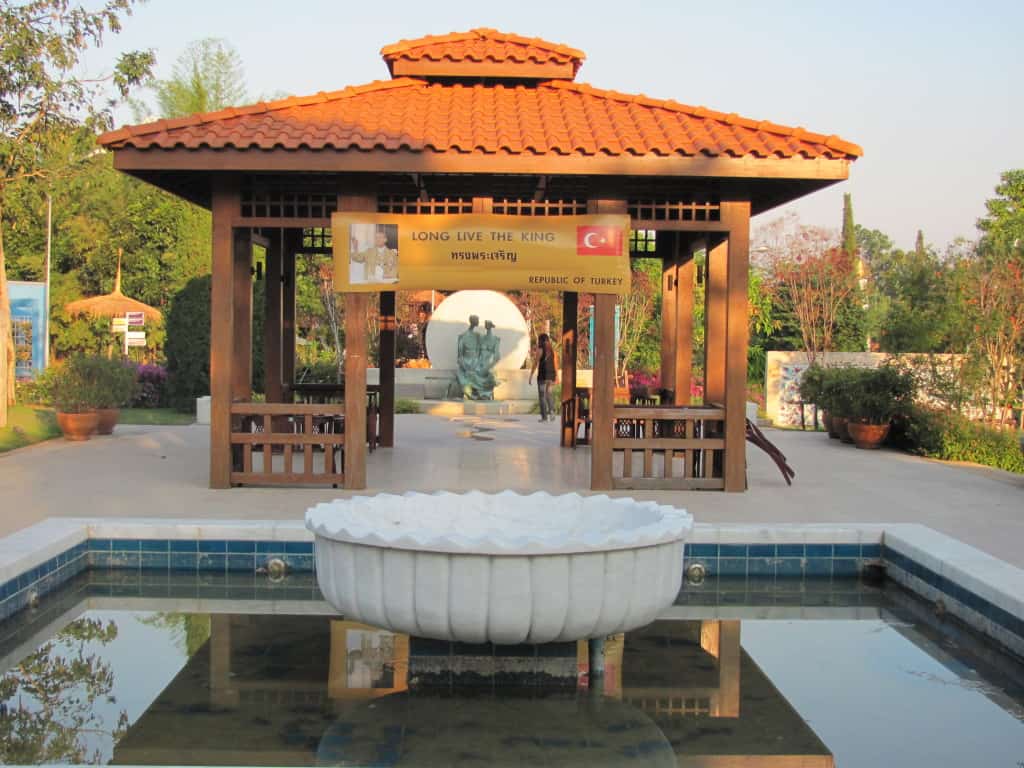
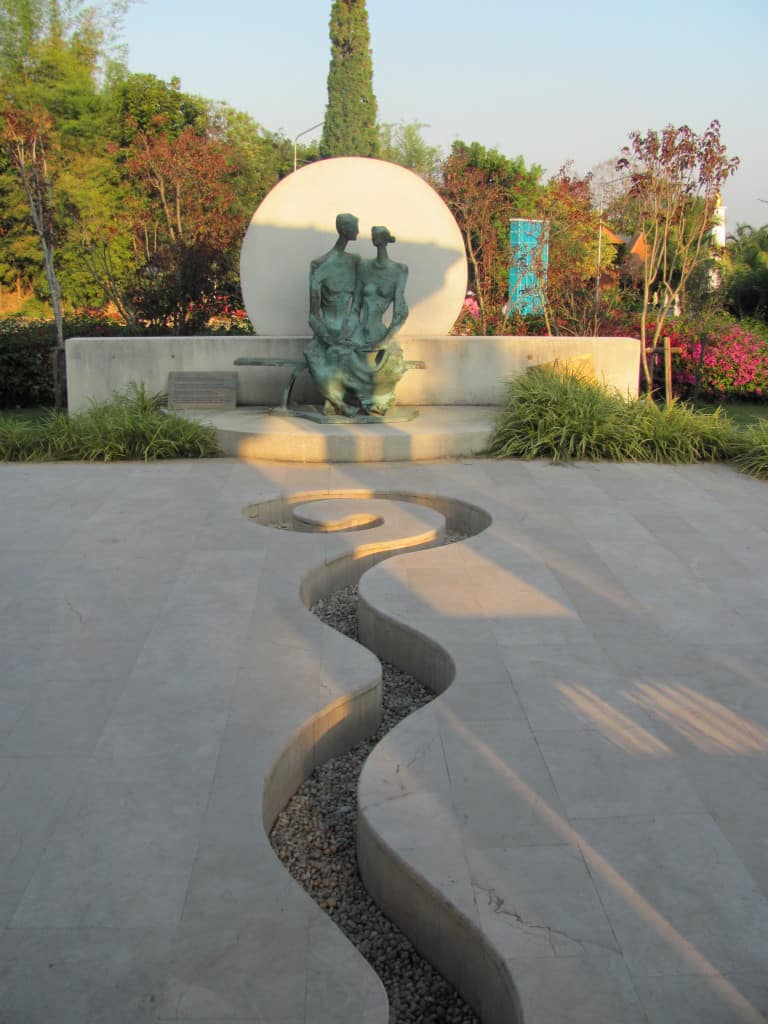
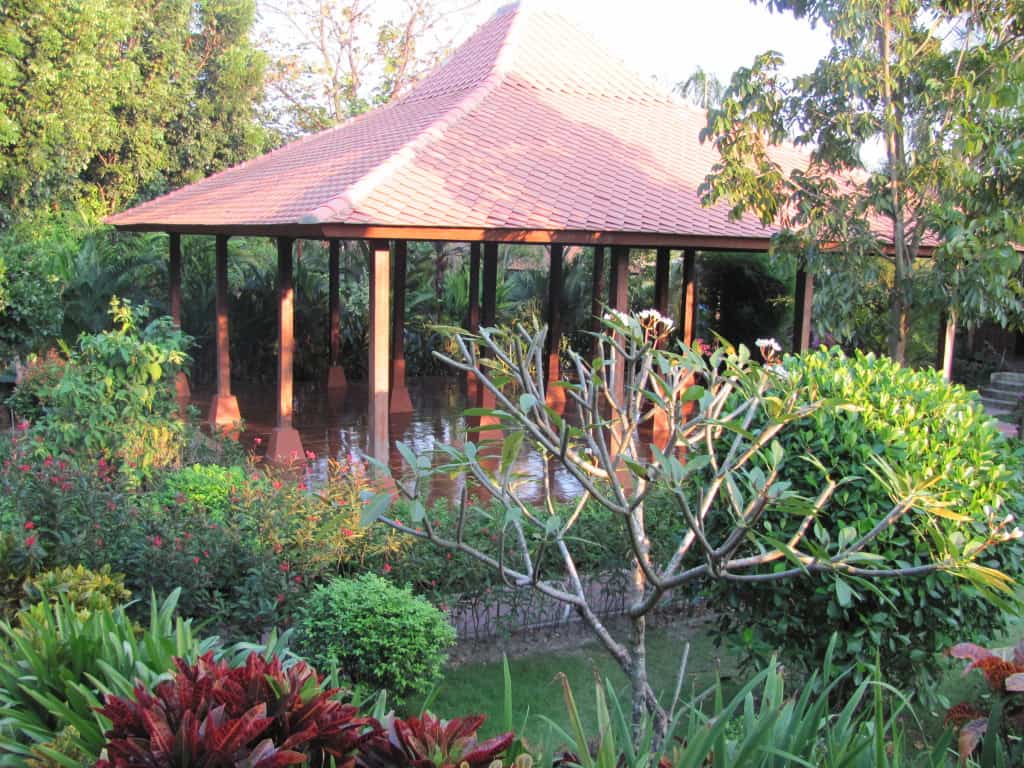
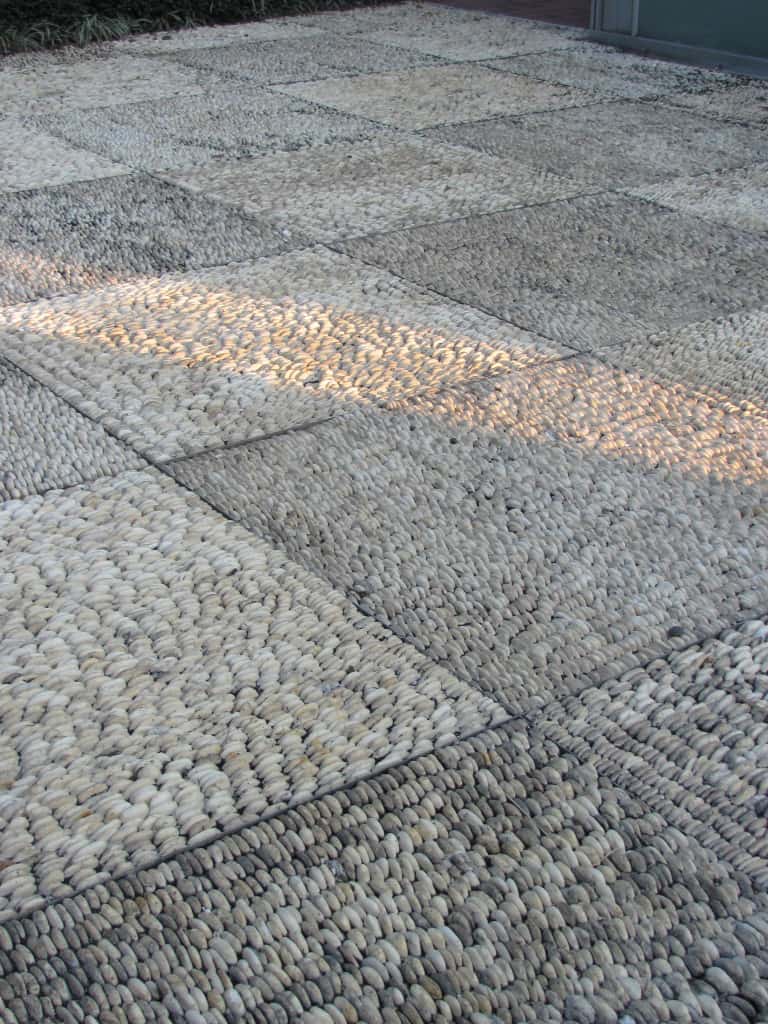
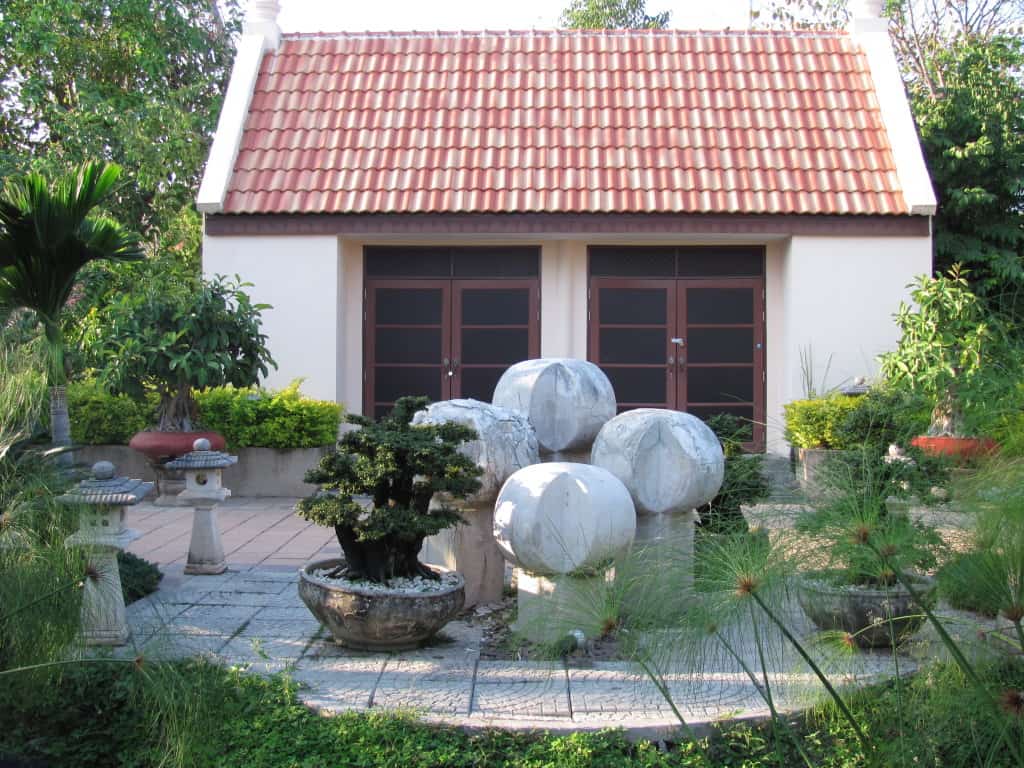
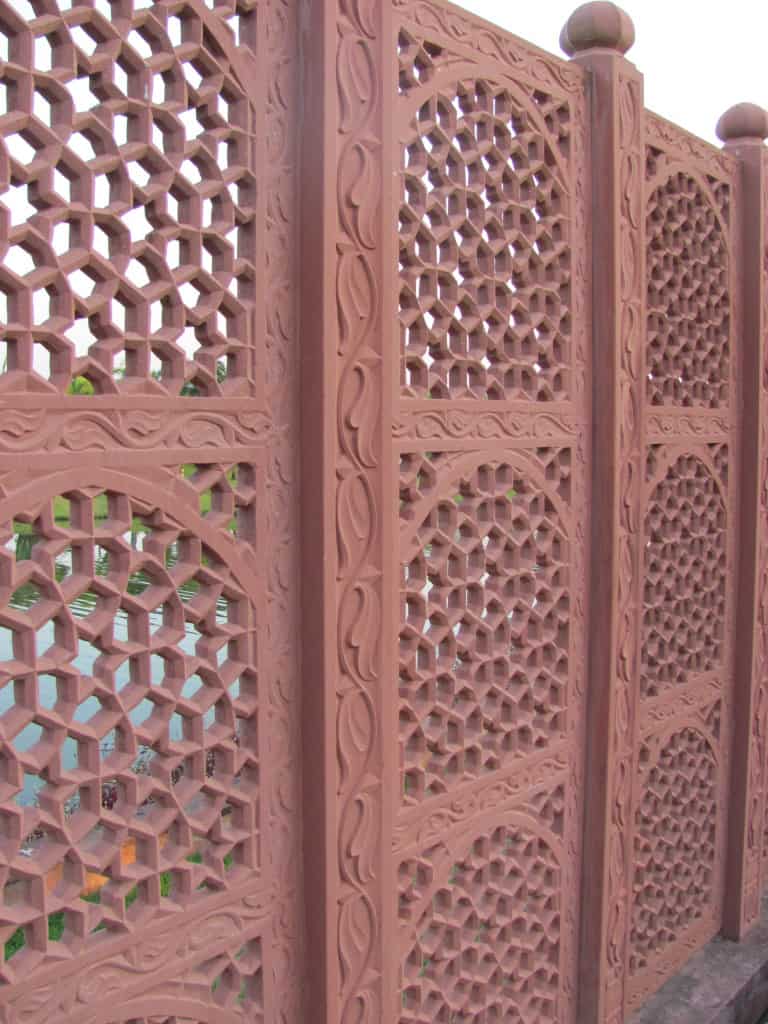
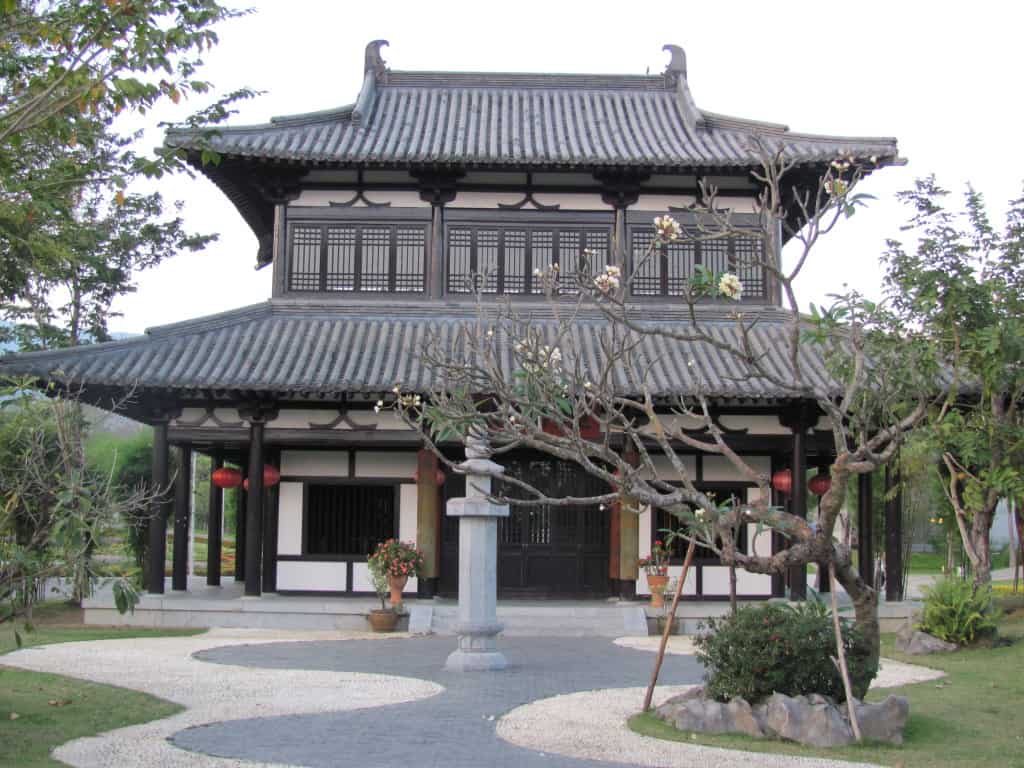

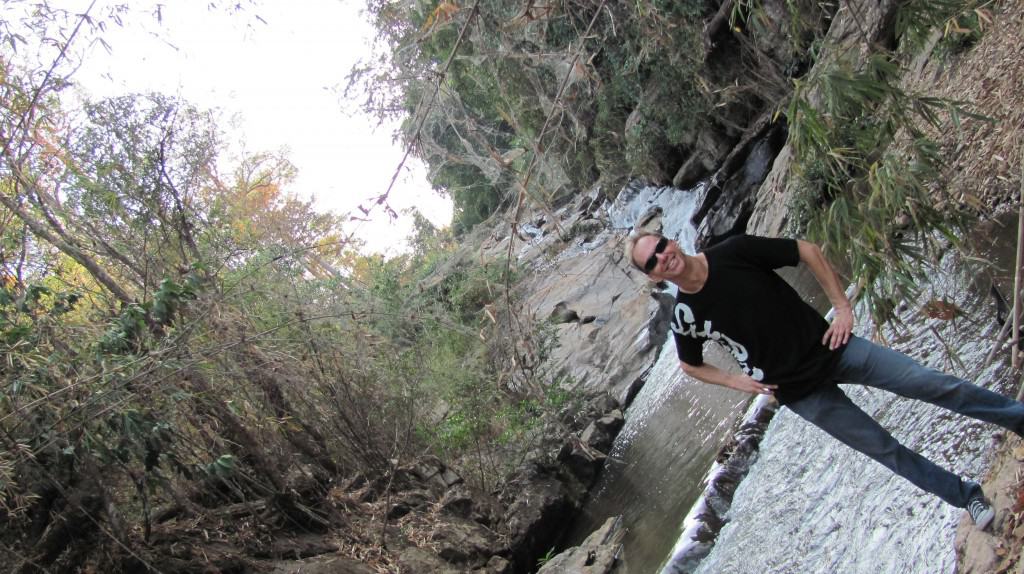
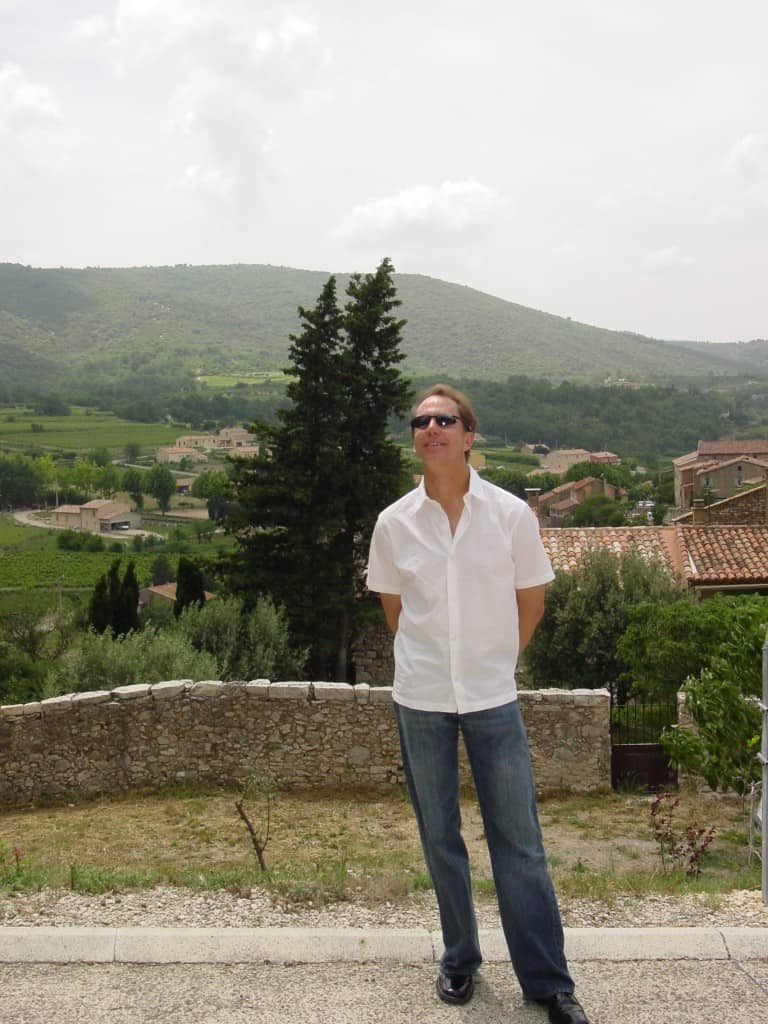

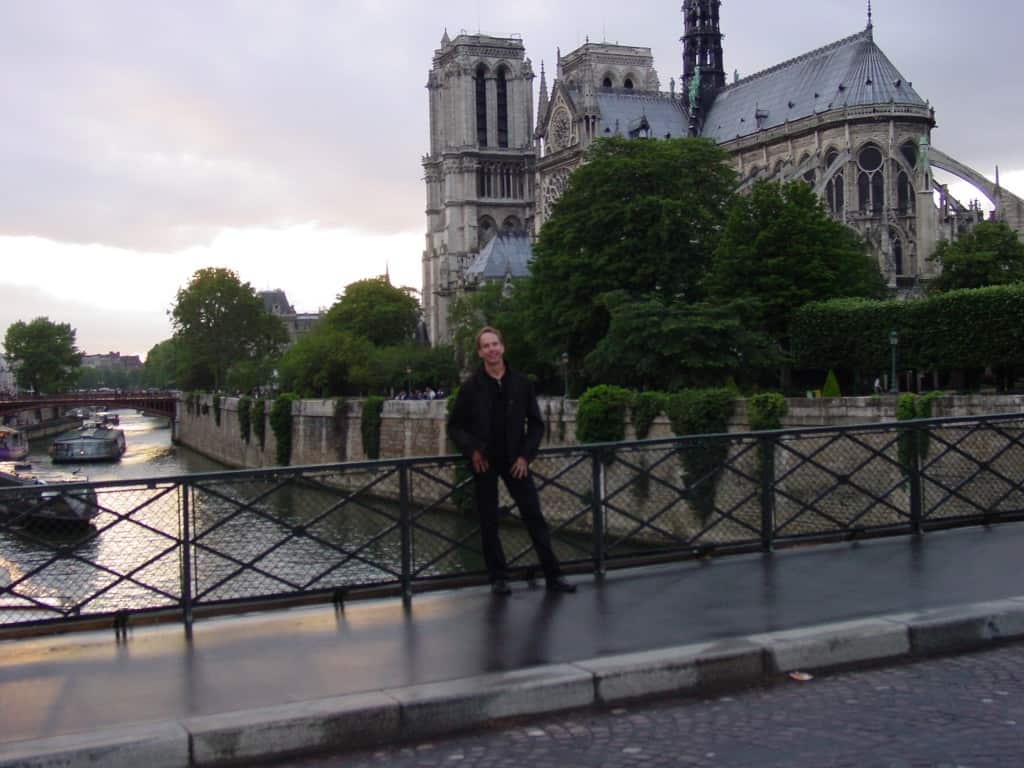

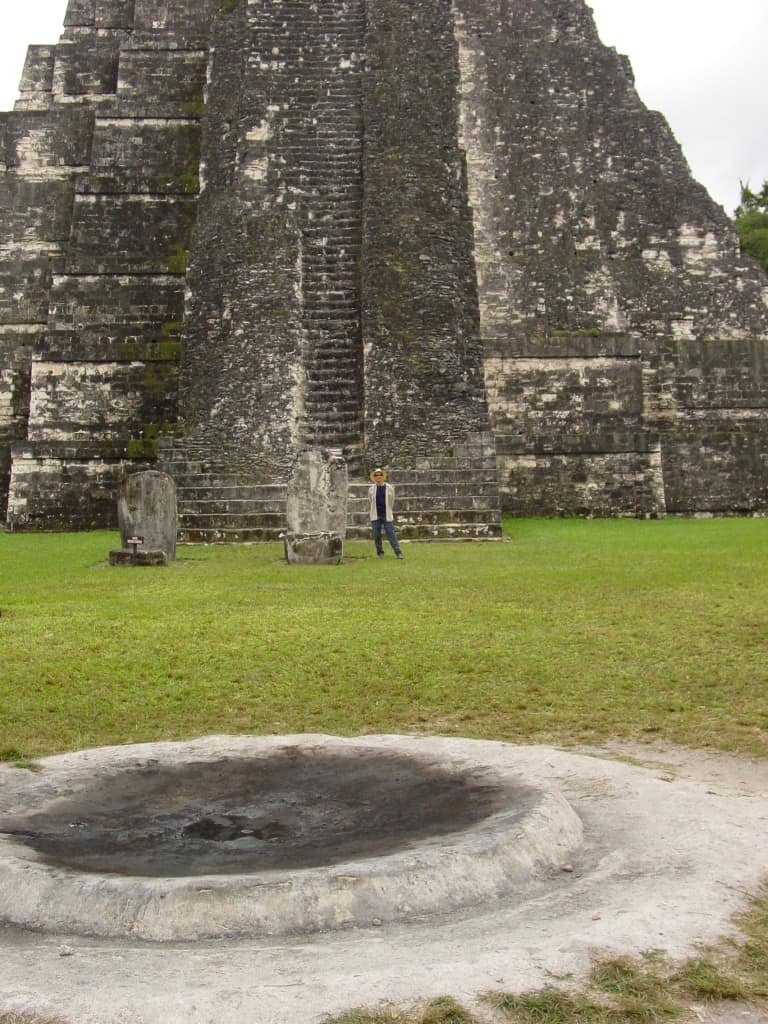
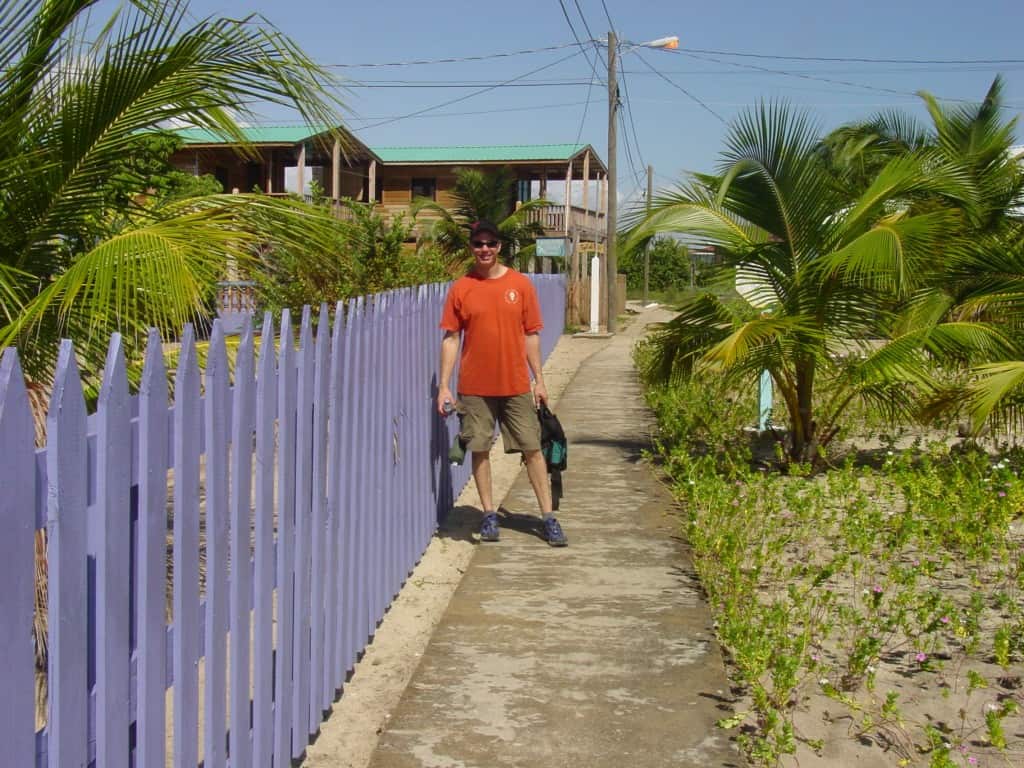
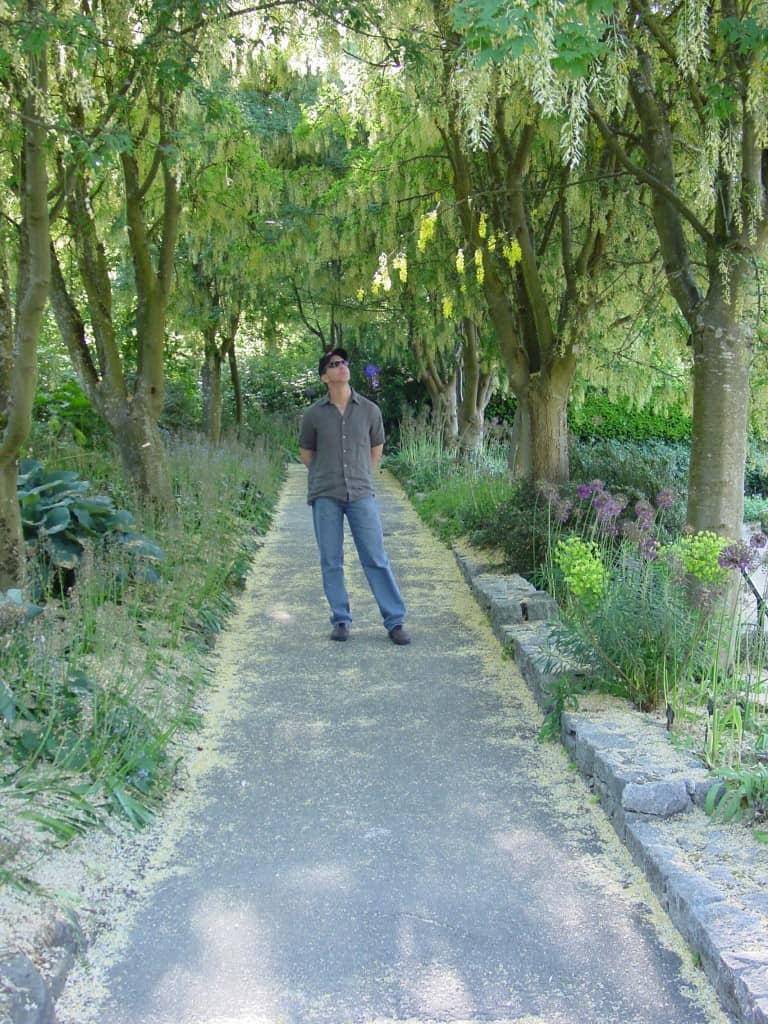
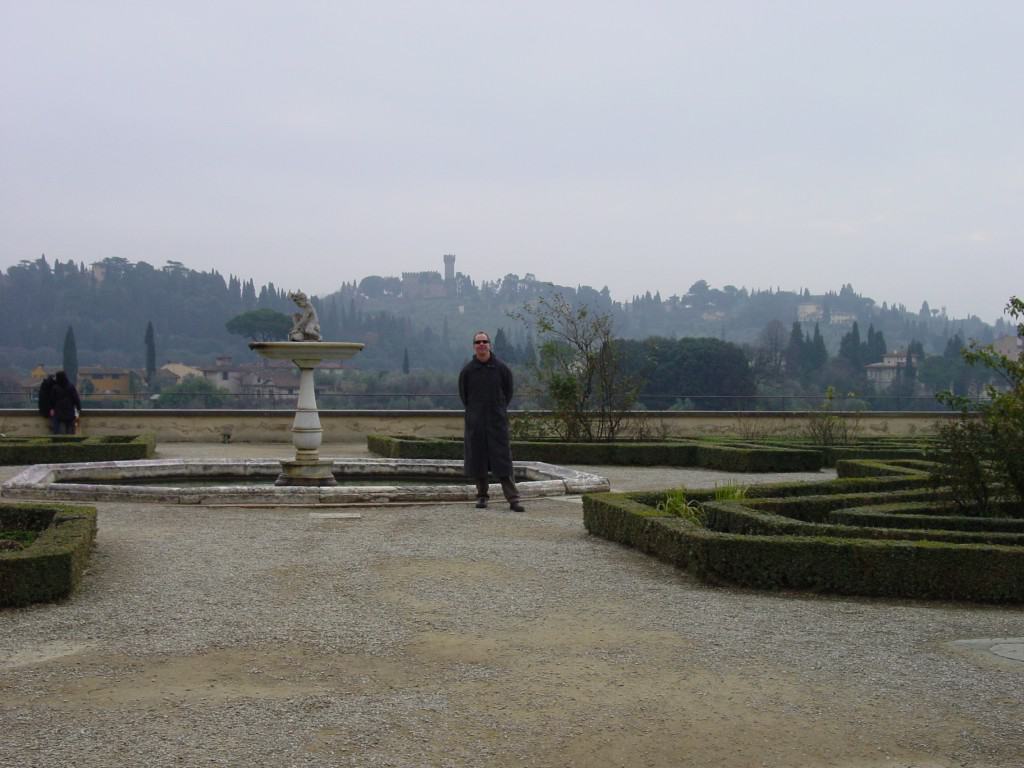
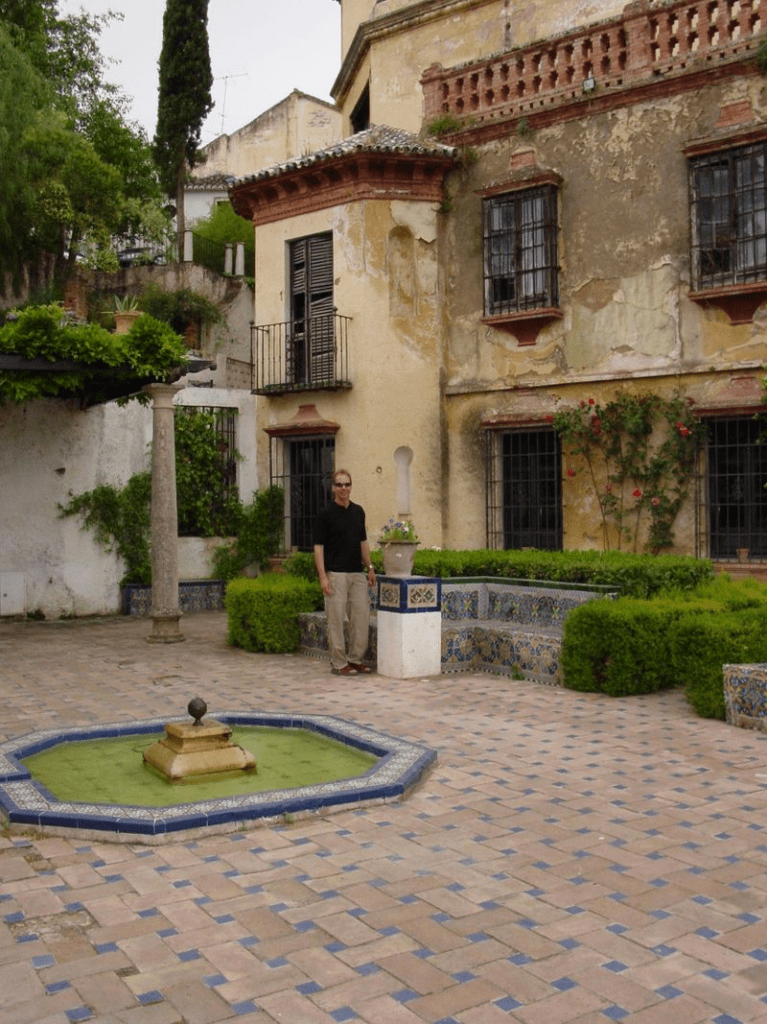


Follow Us!